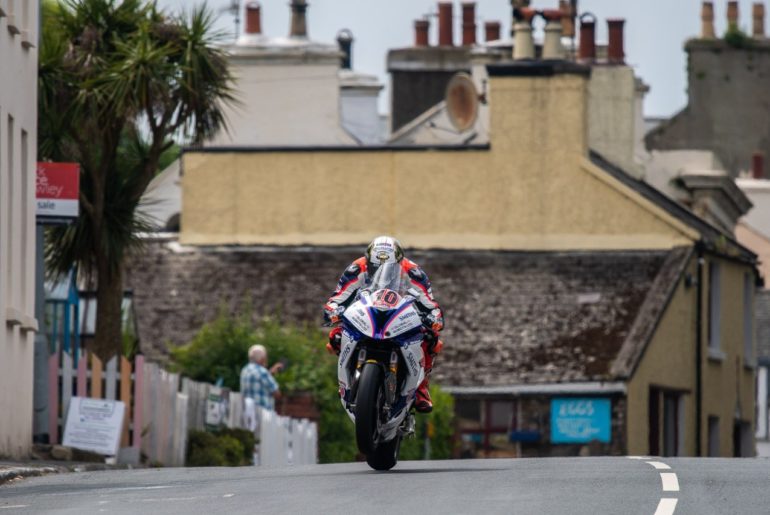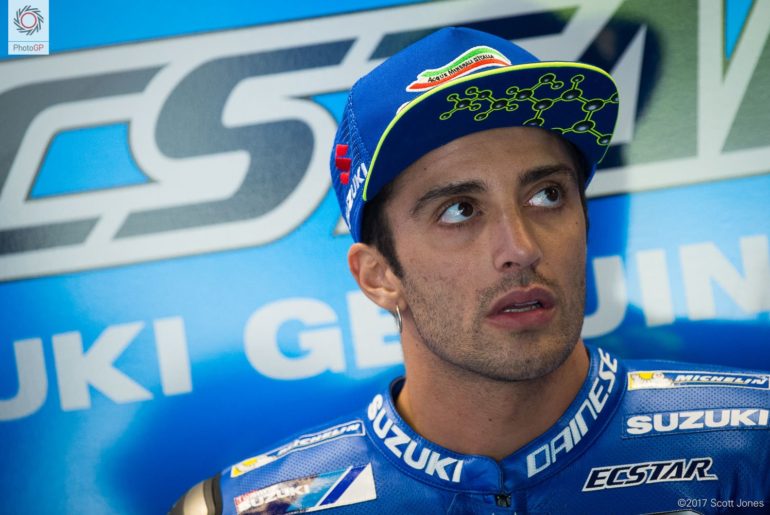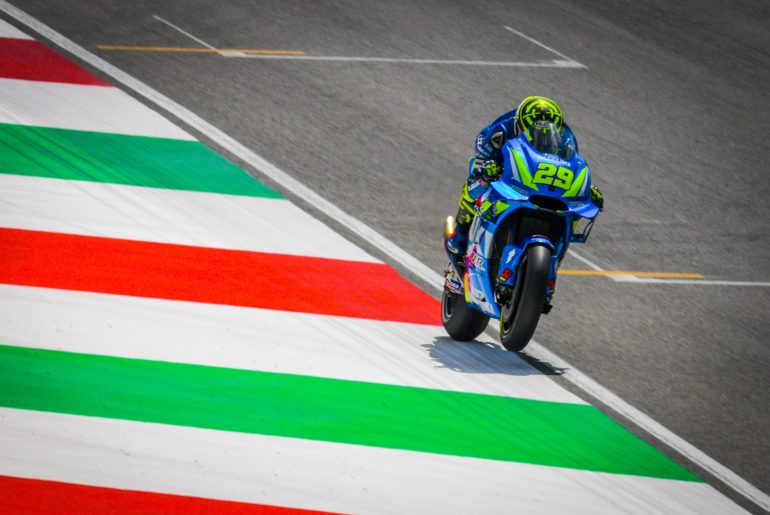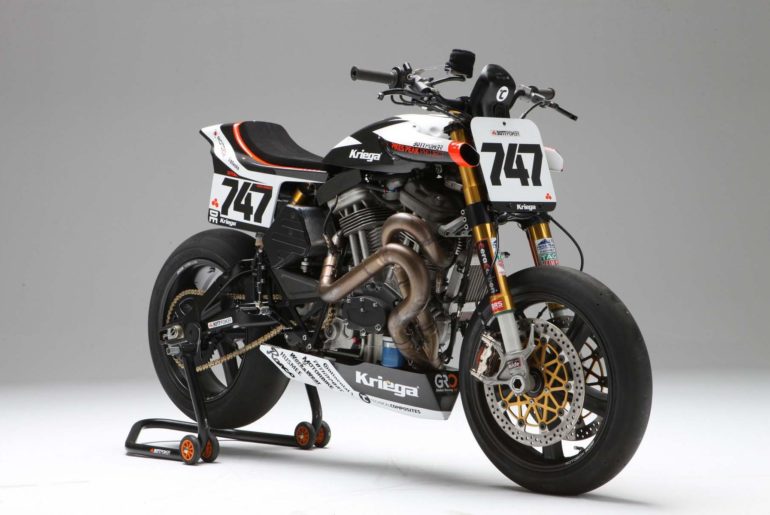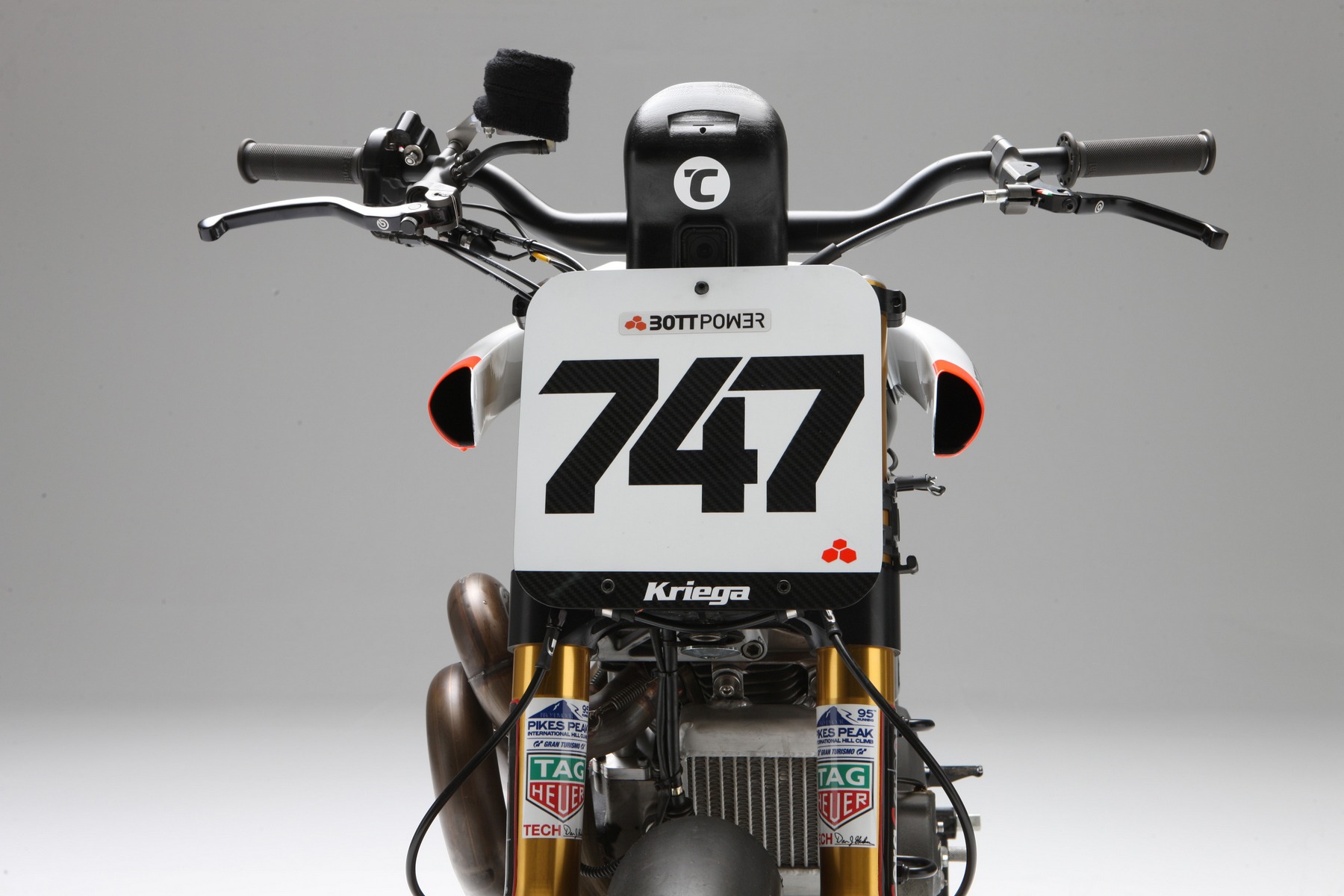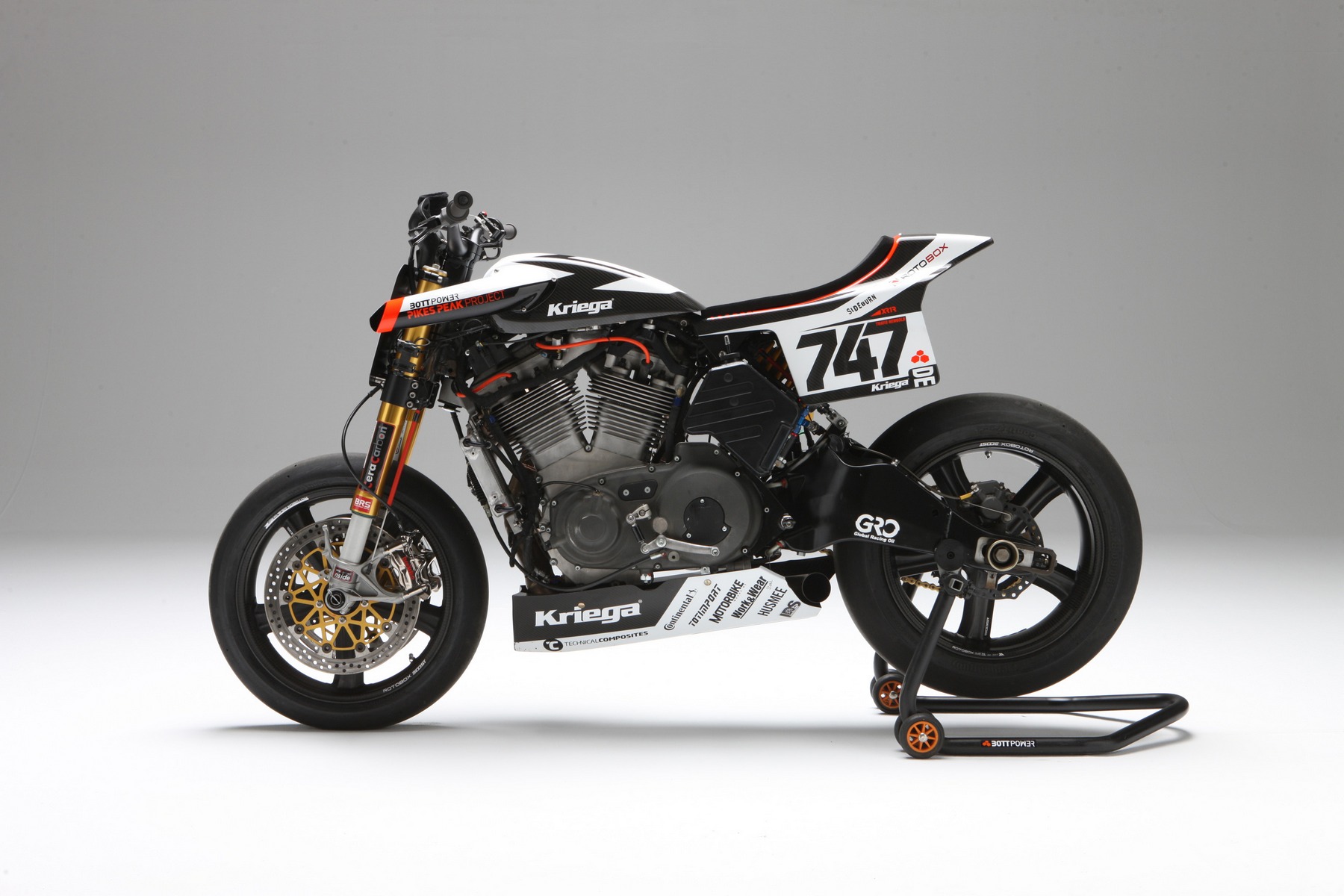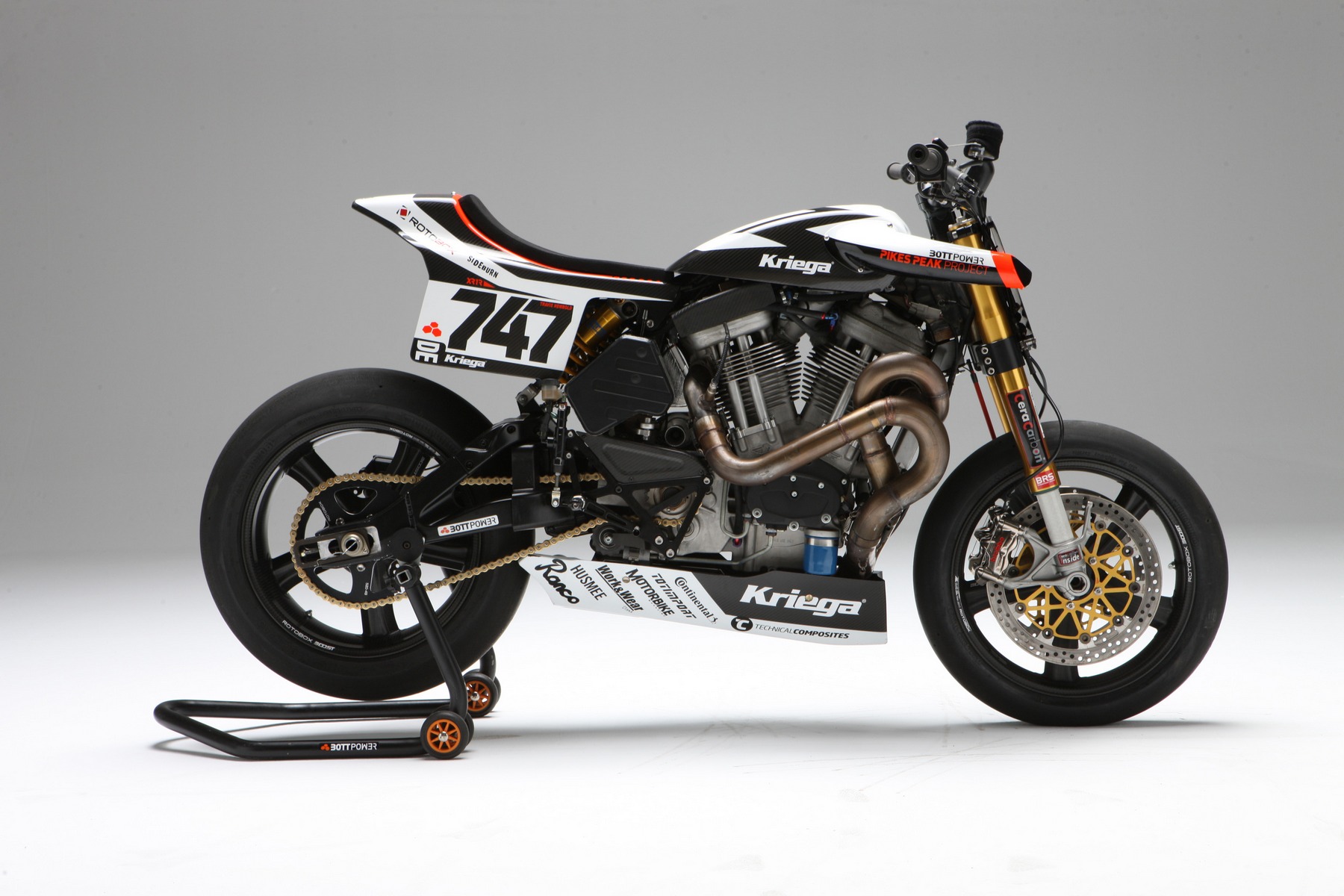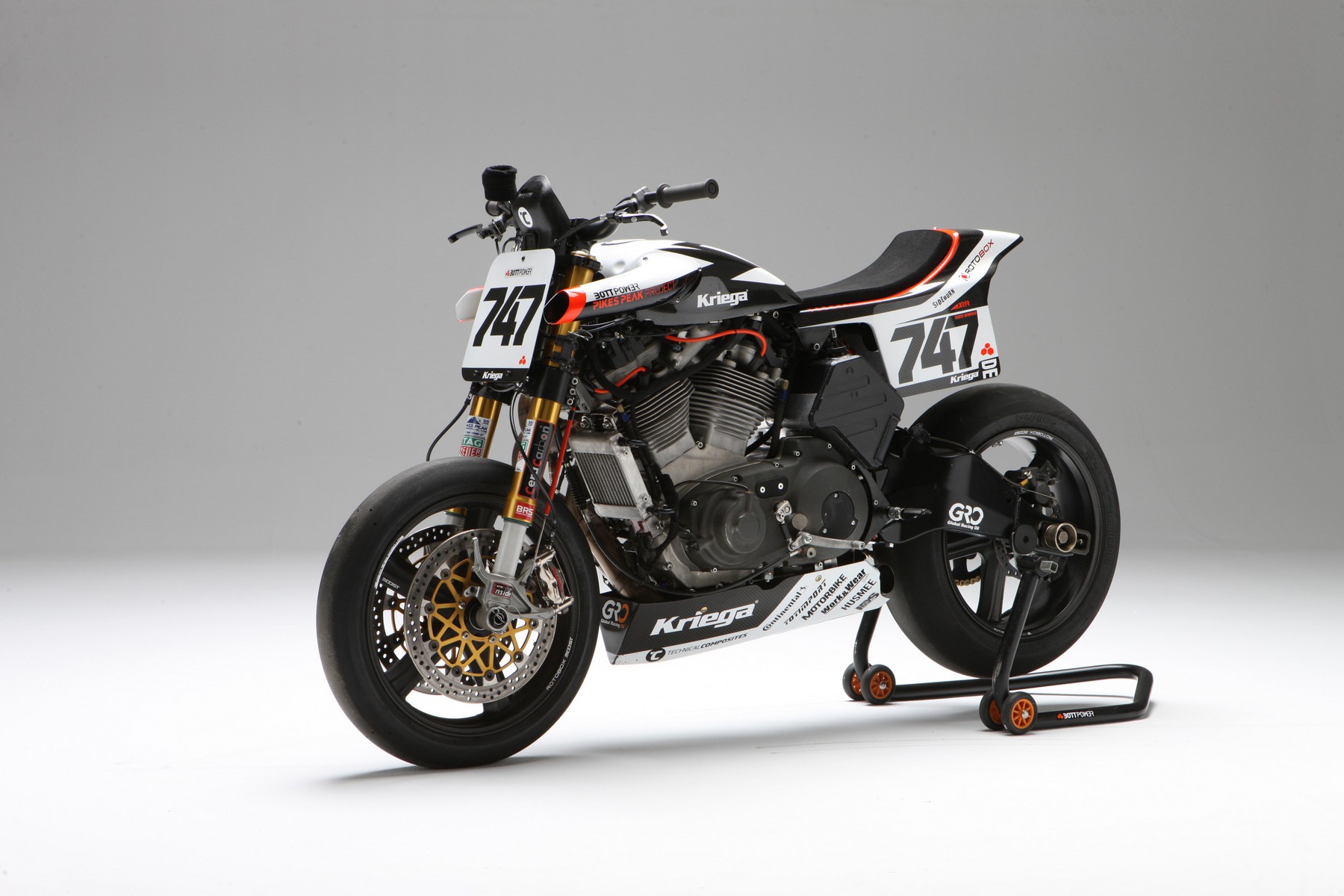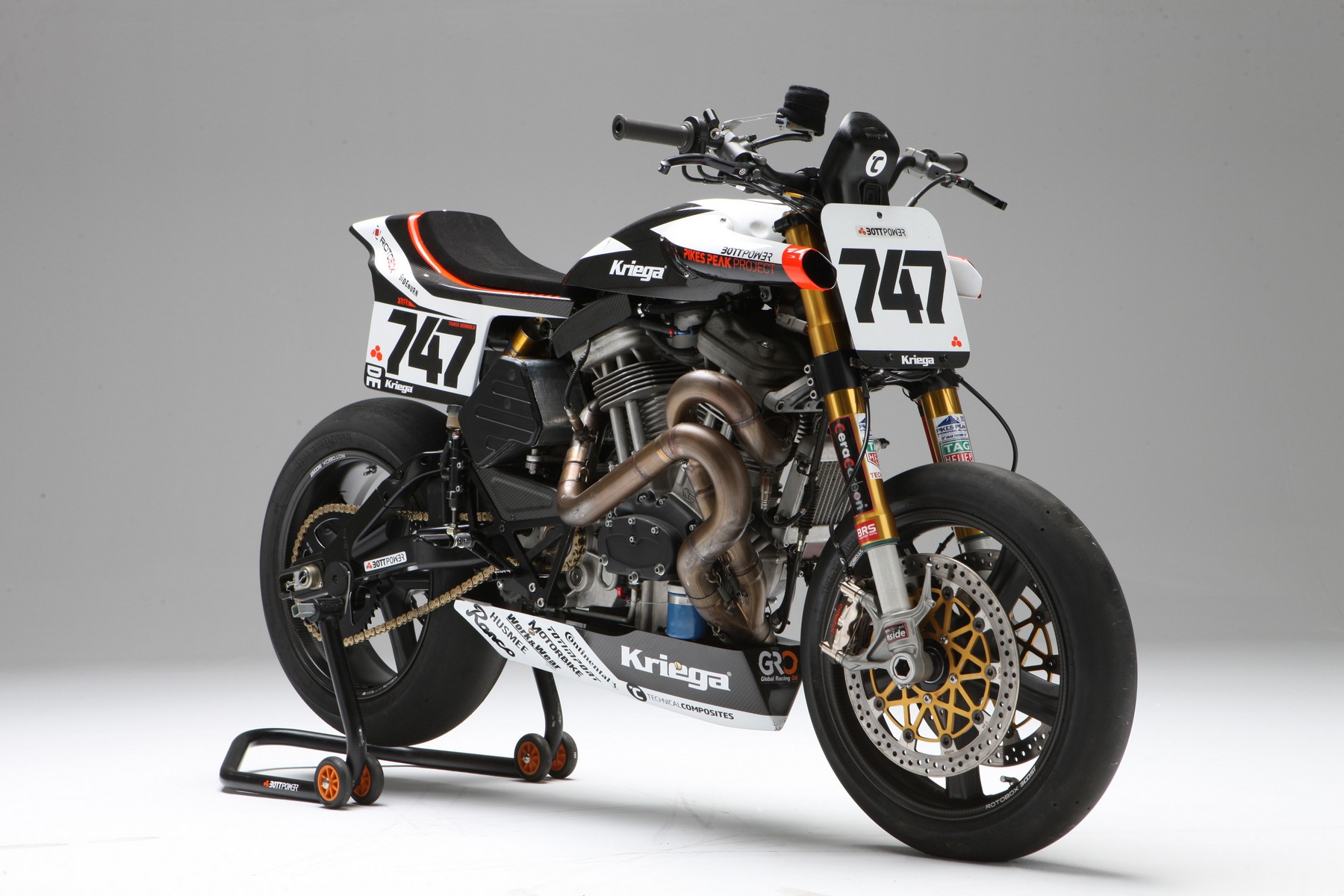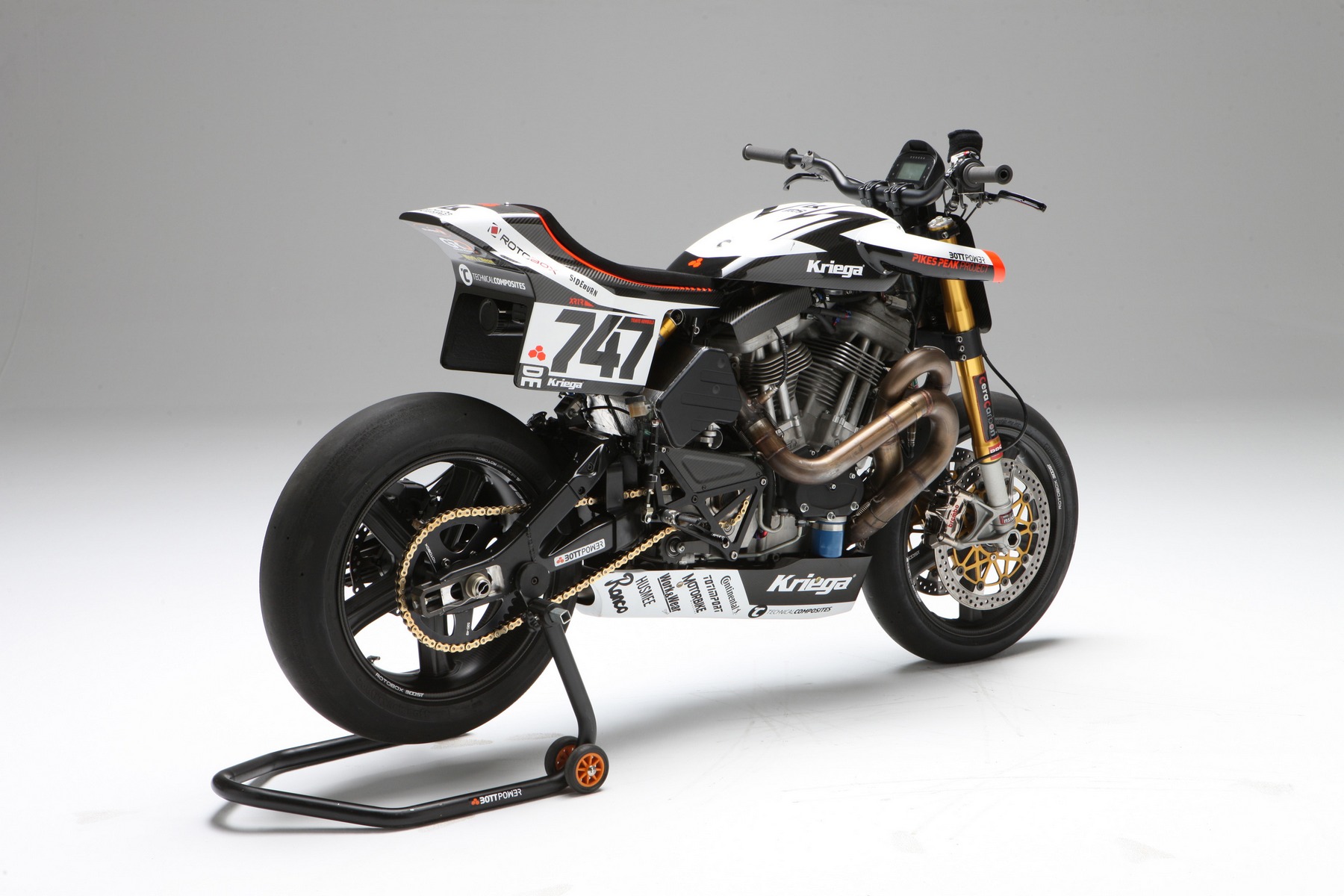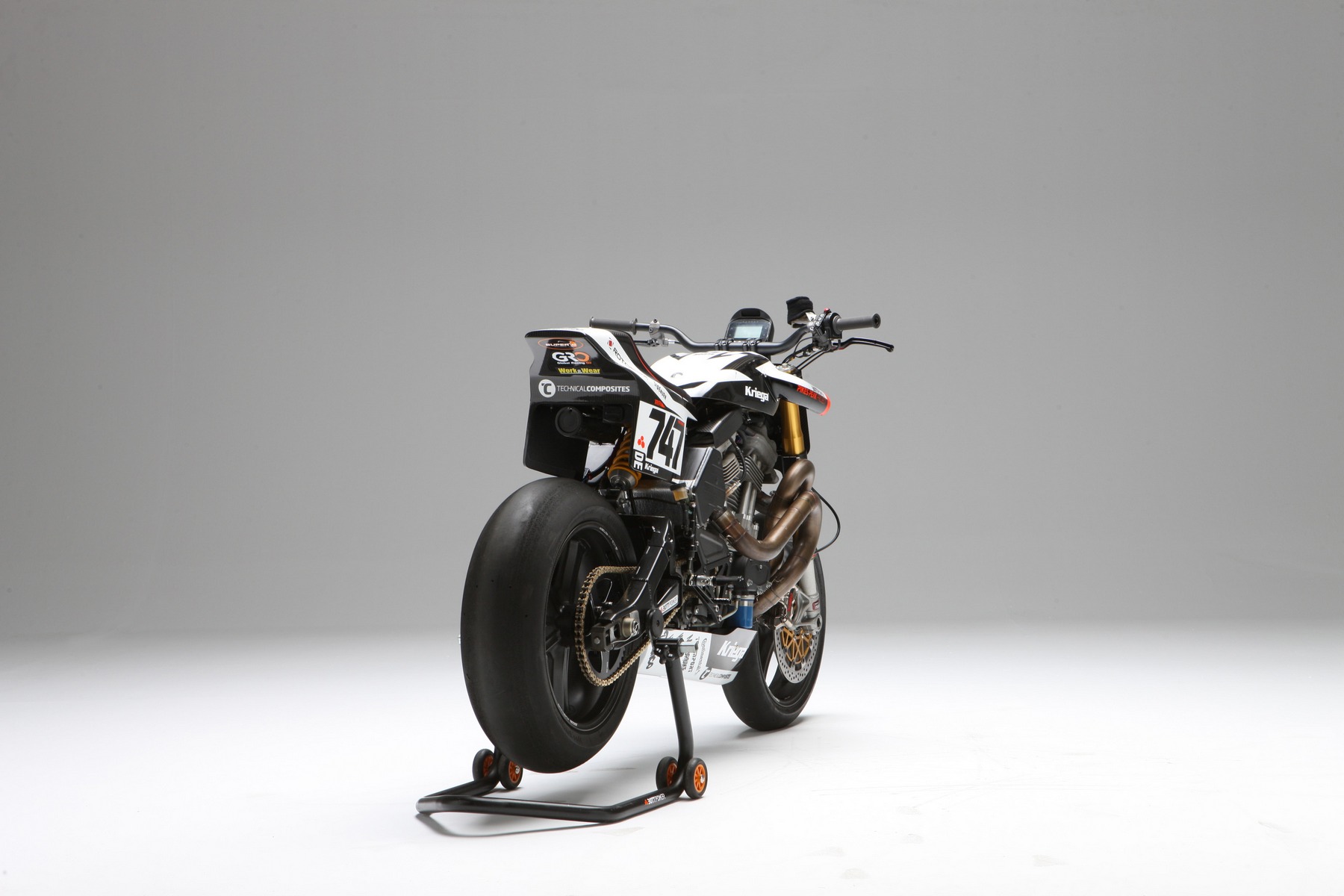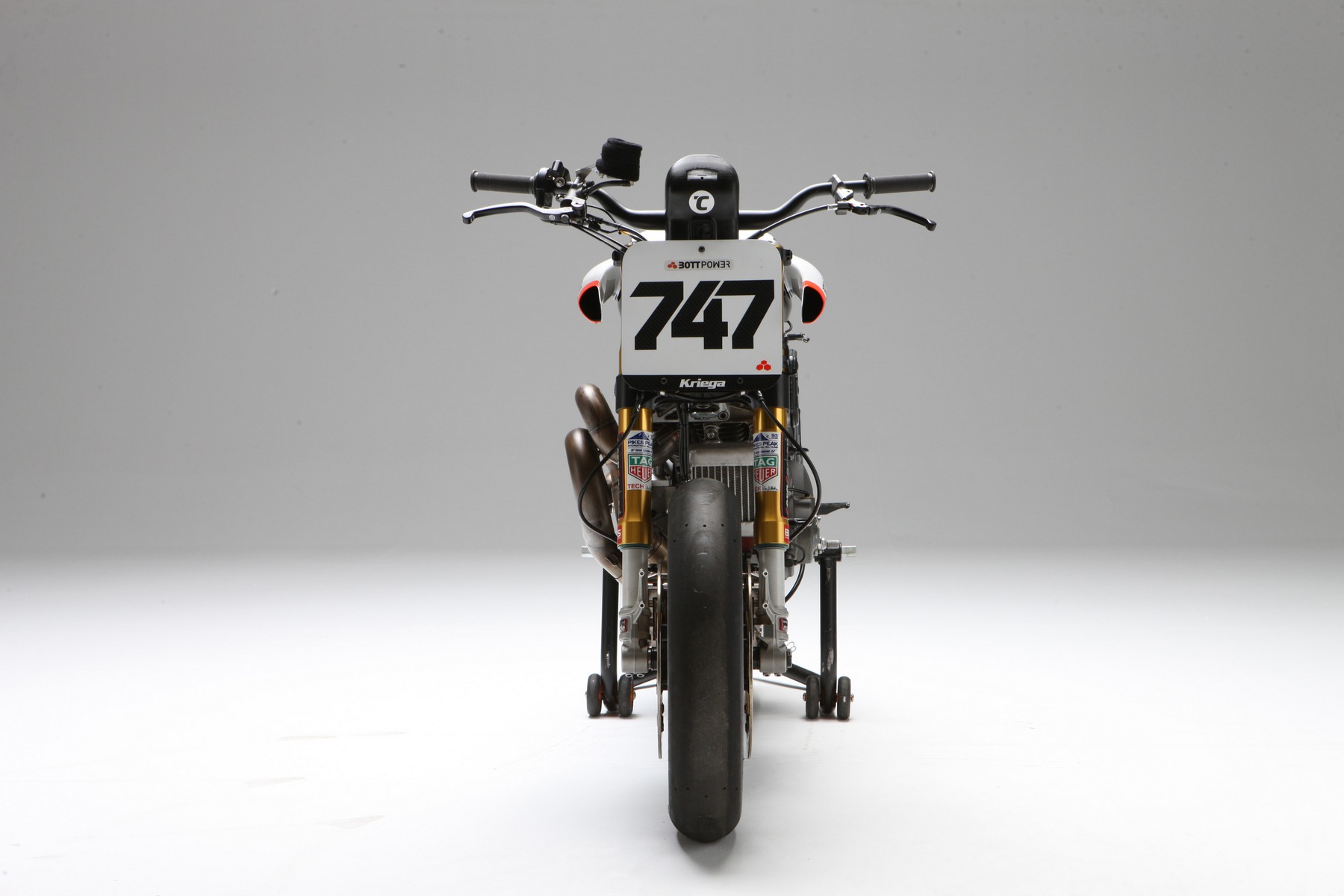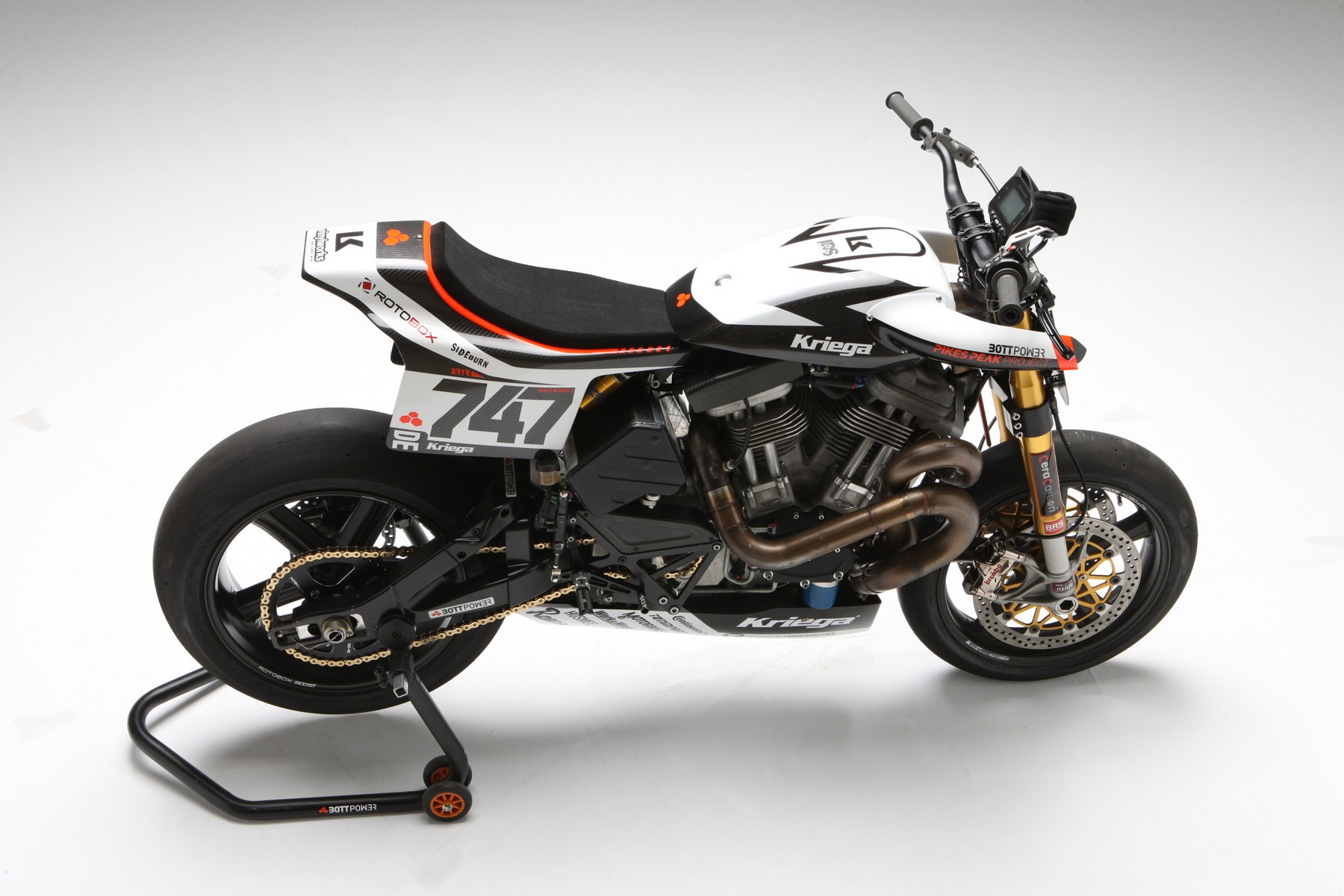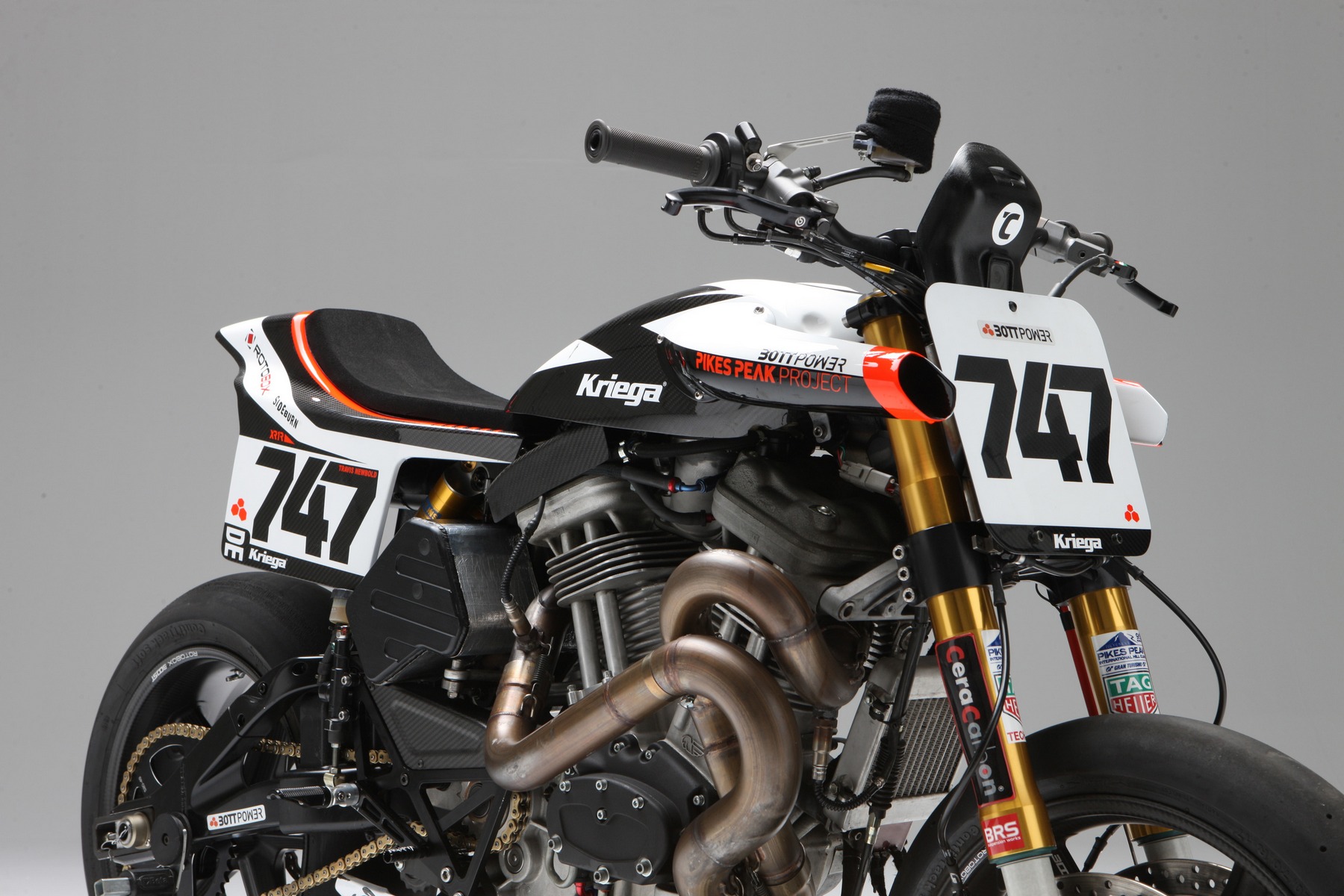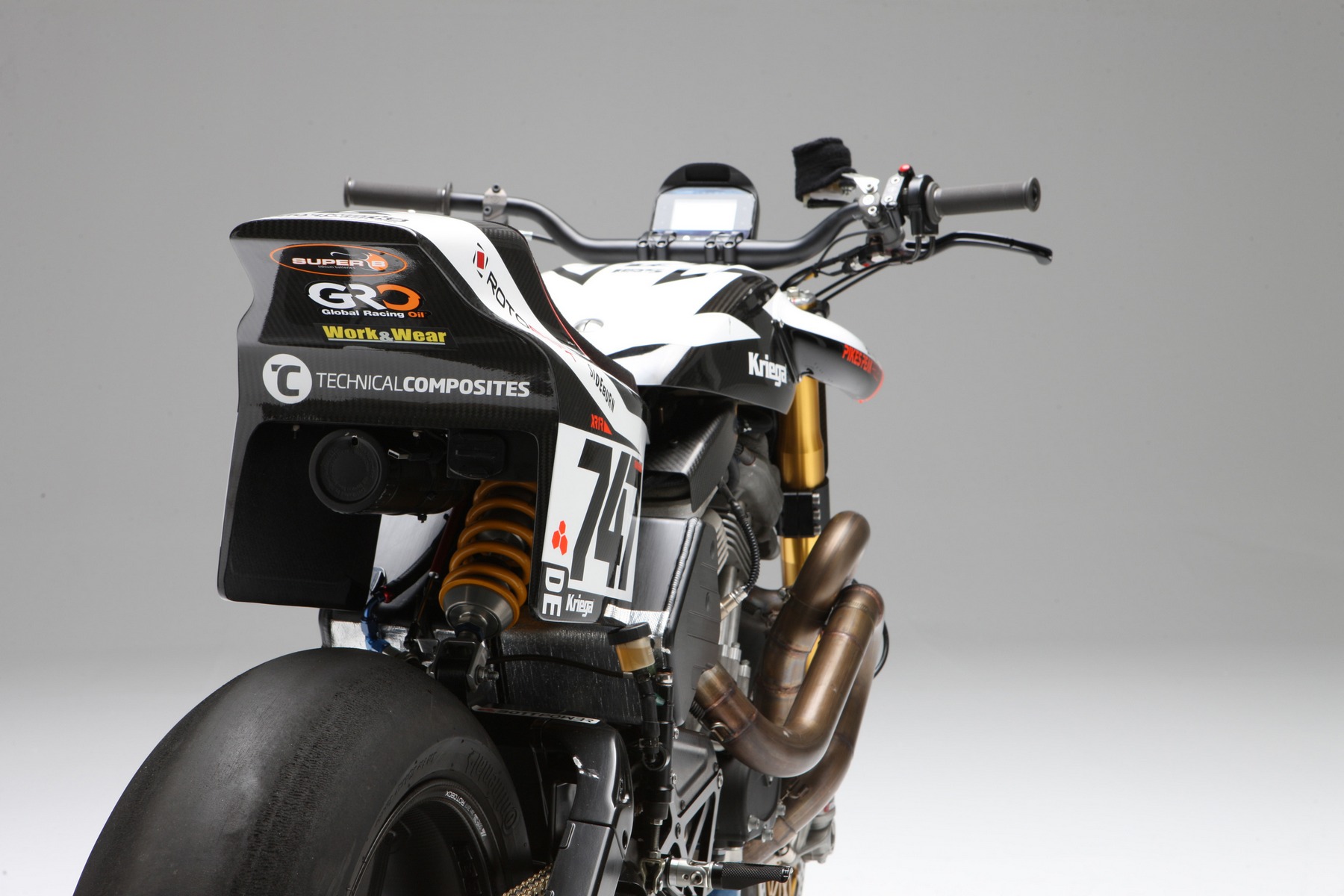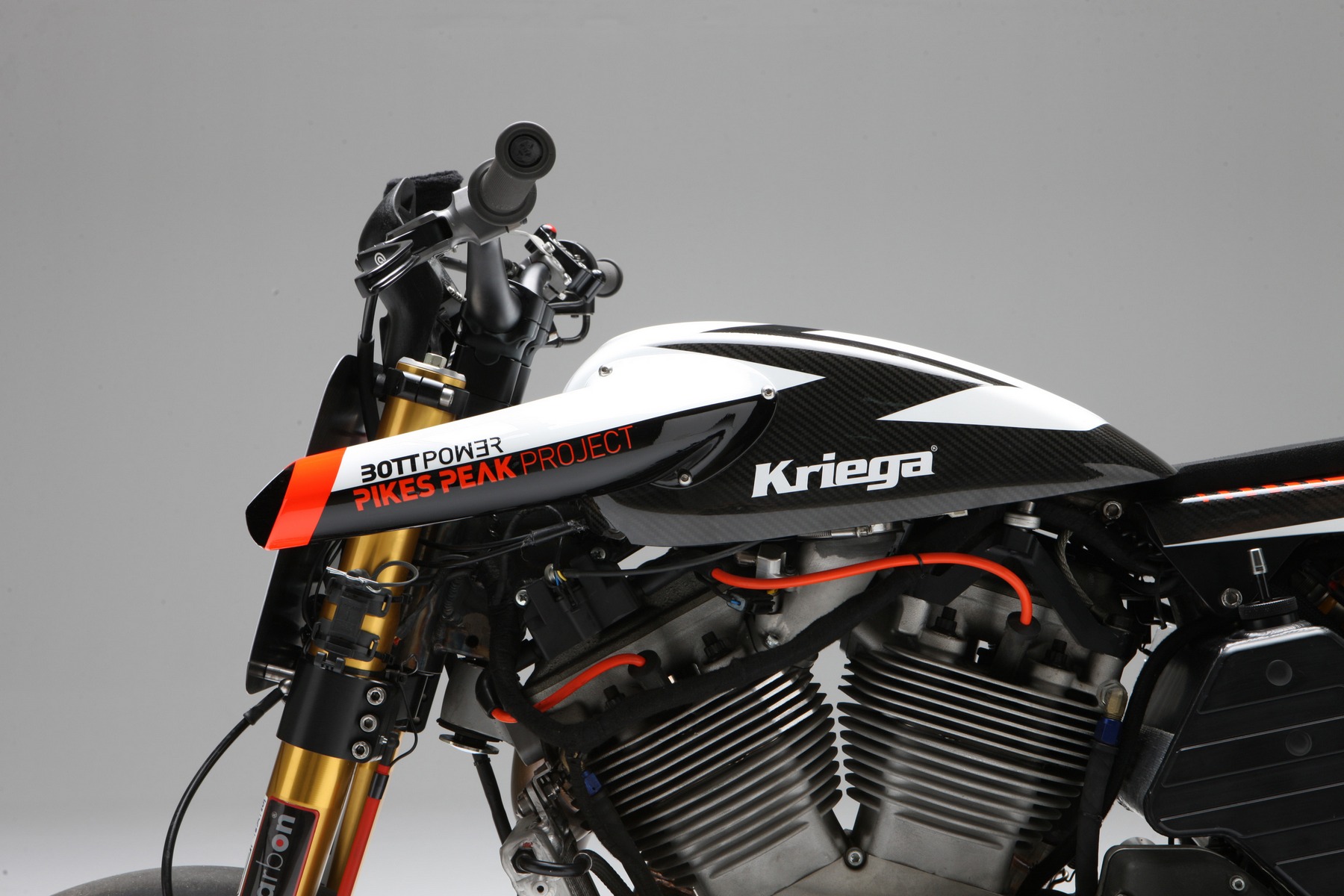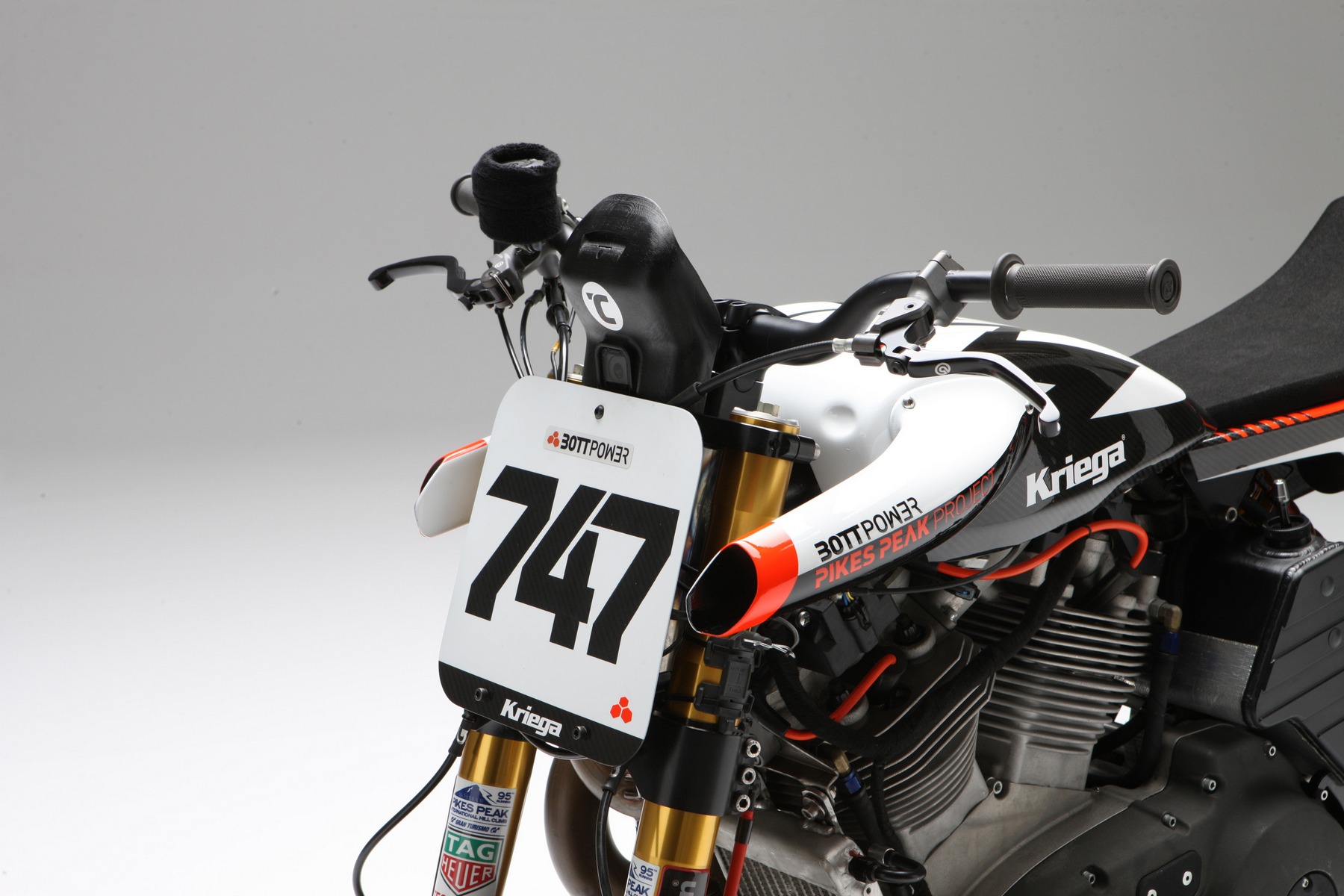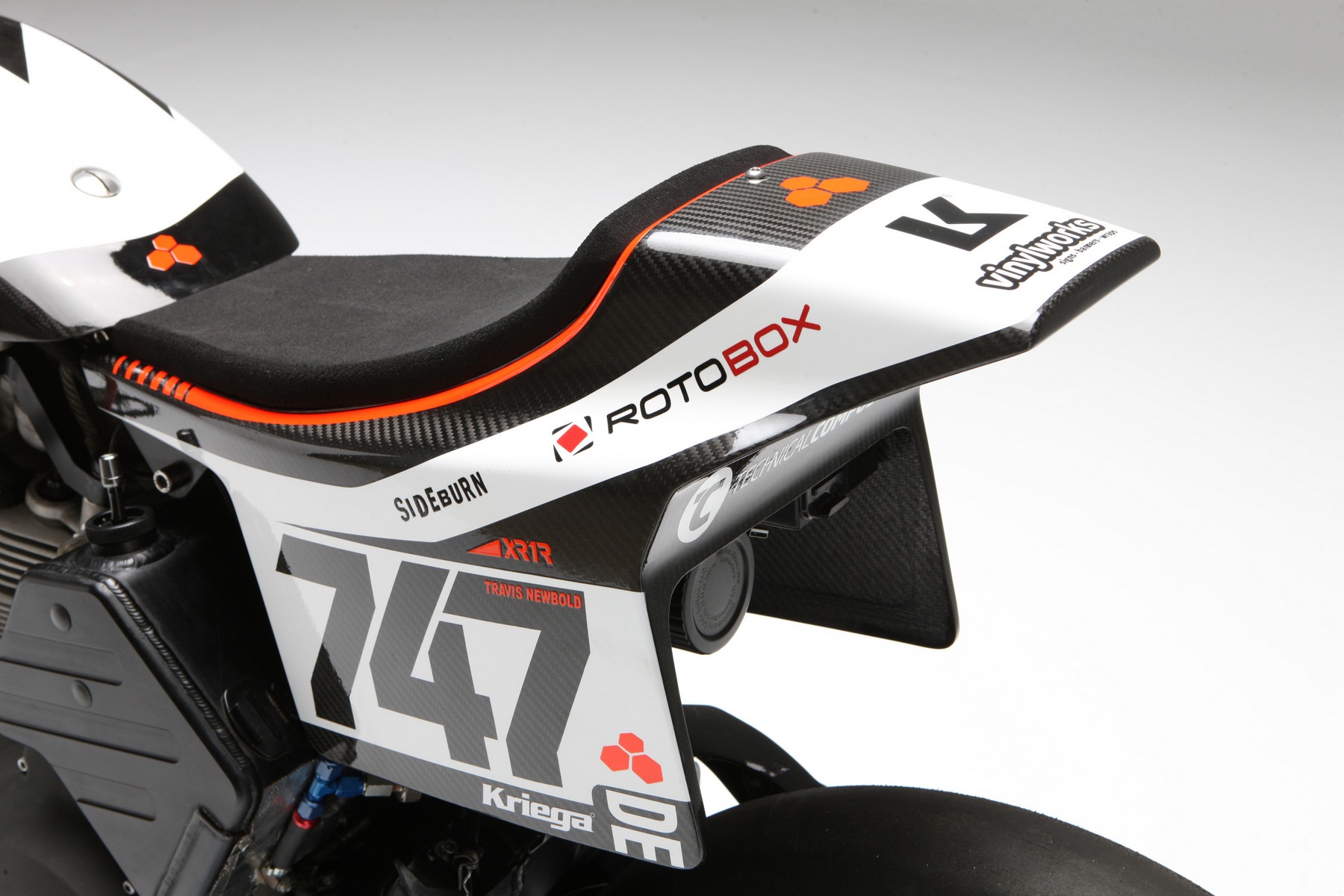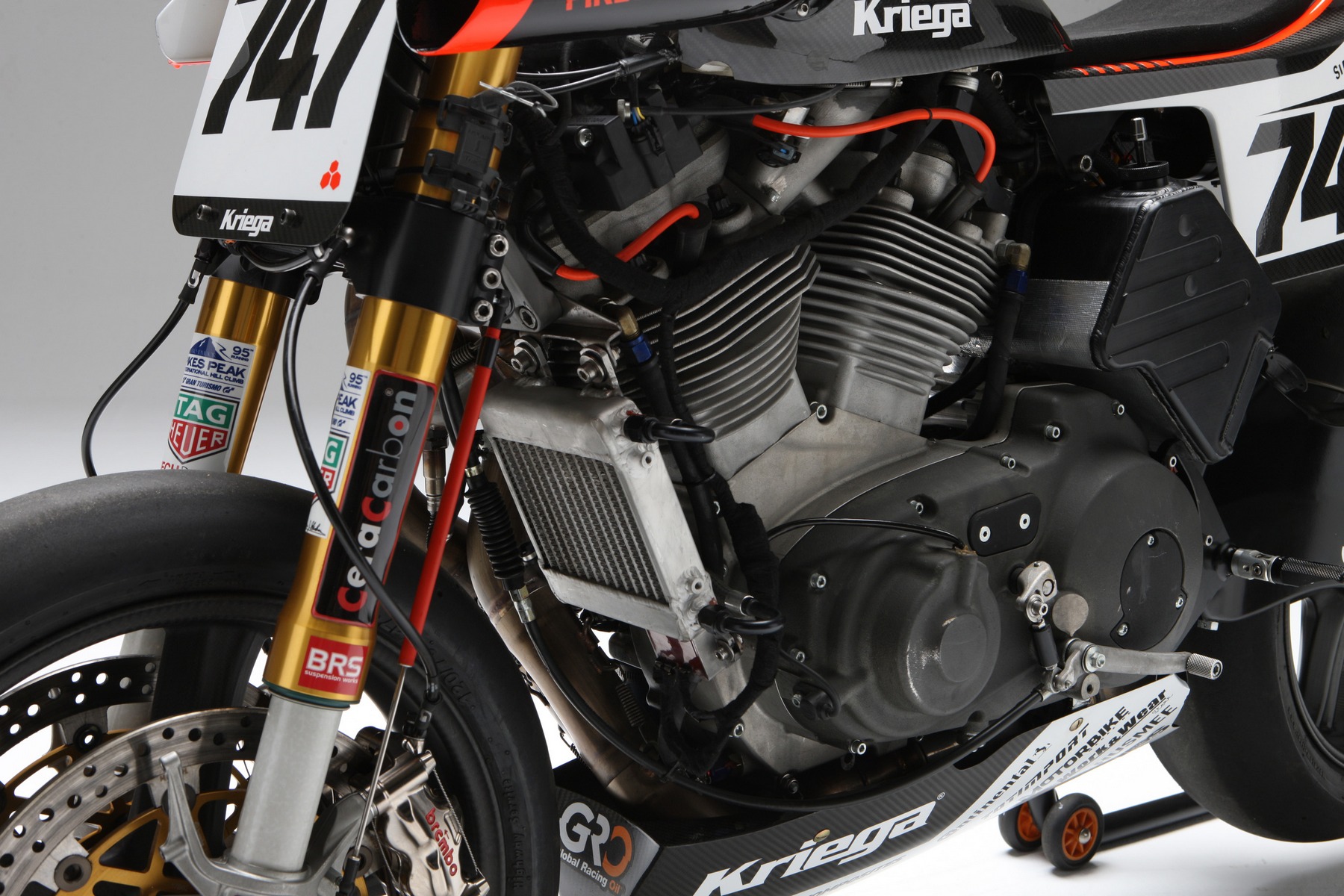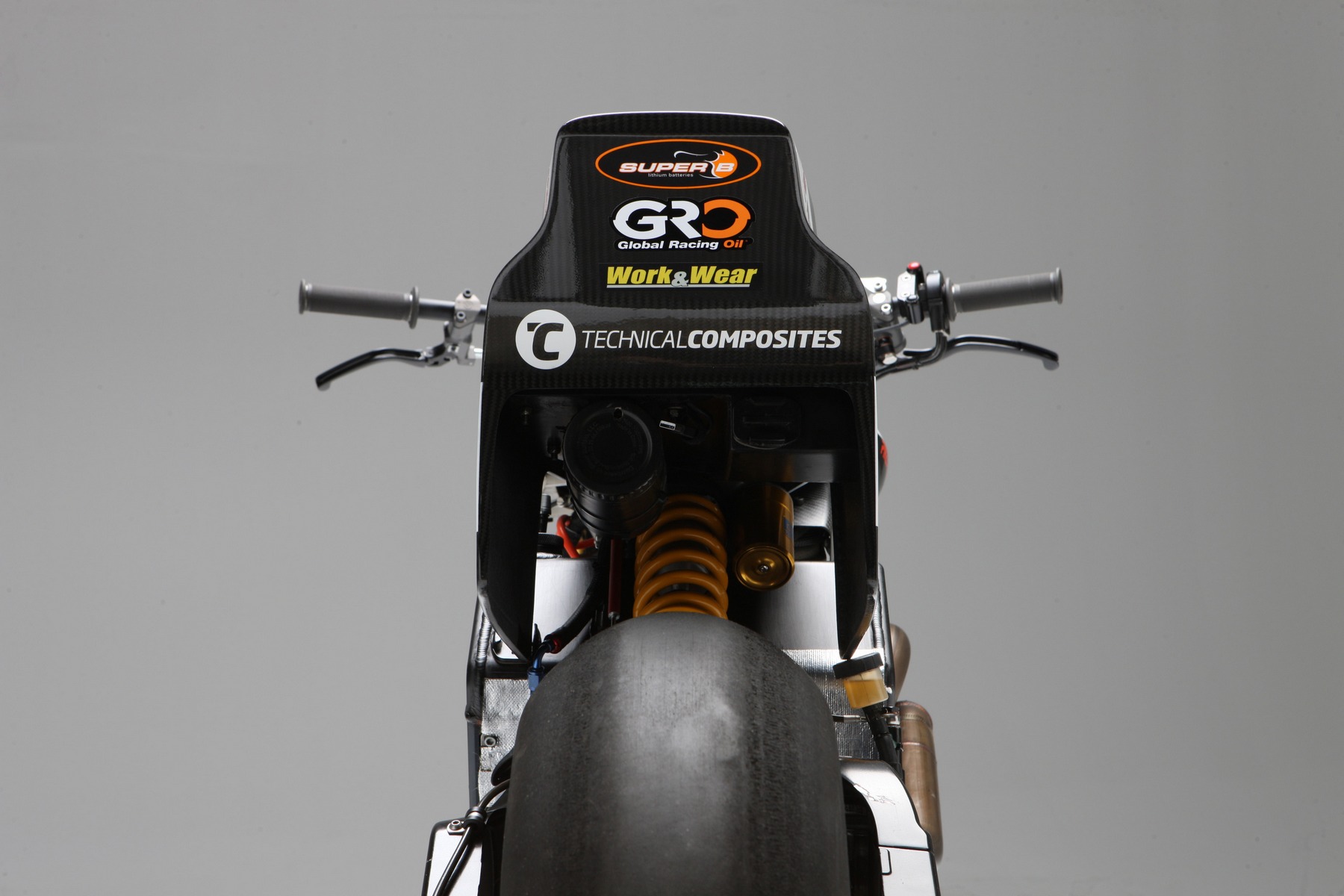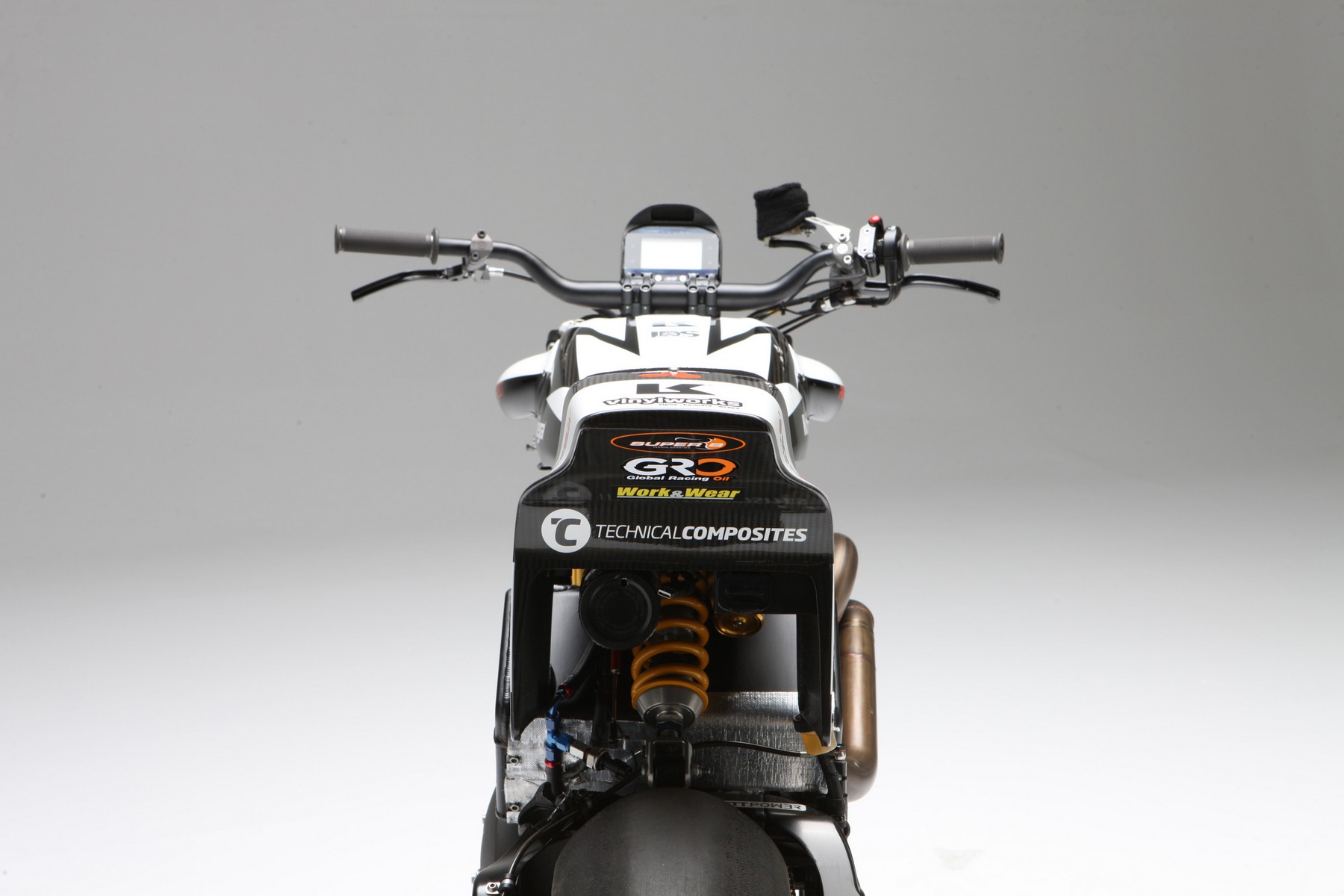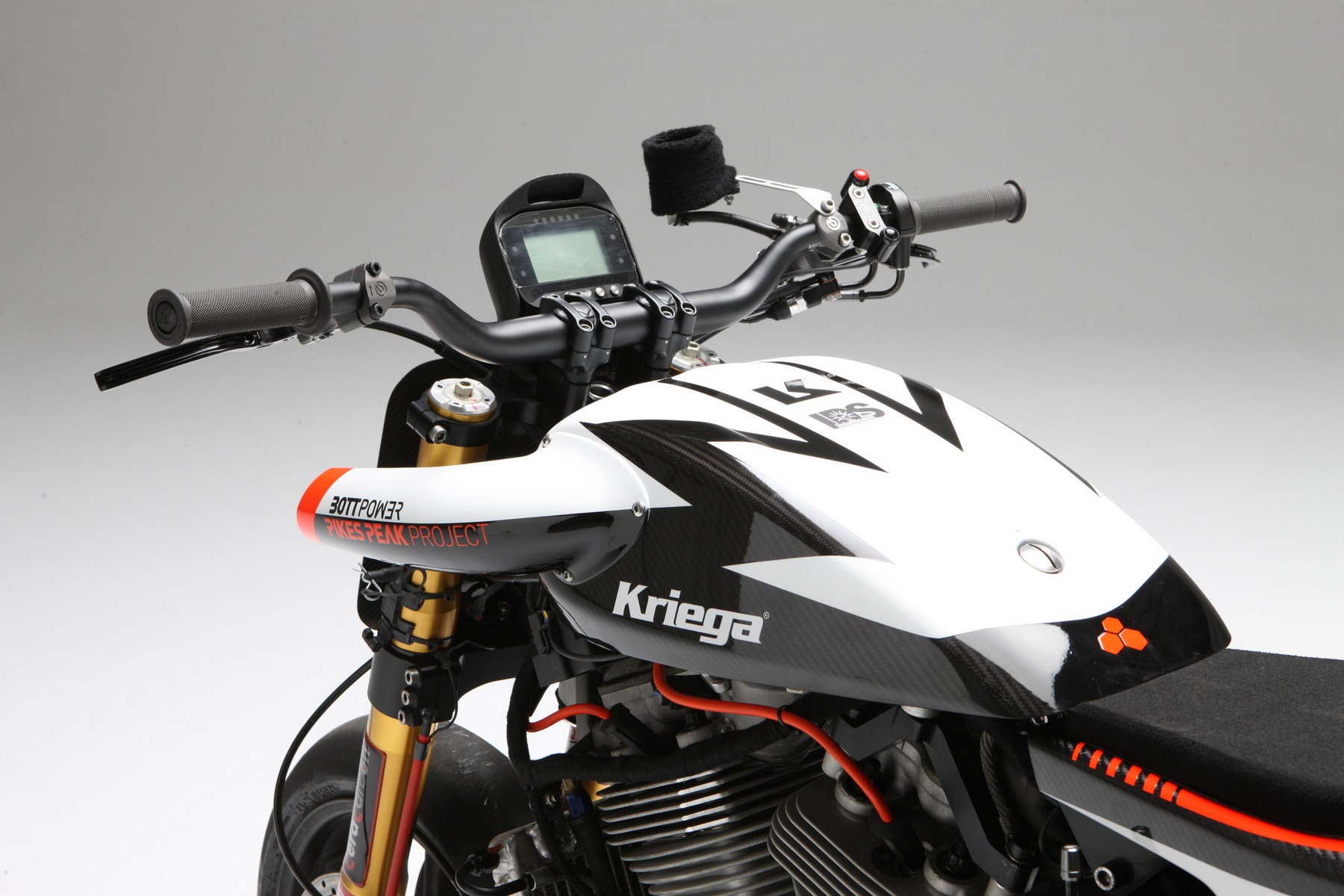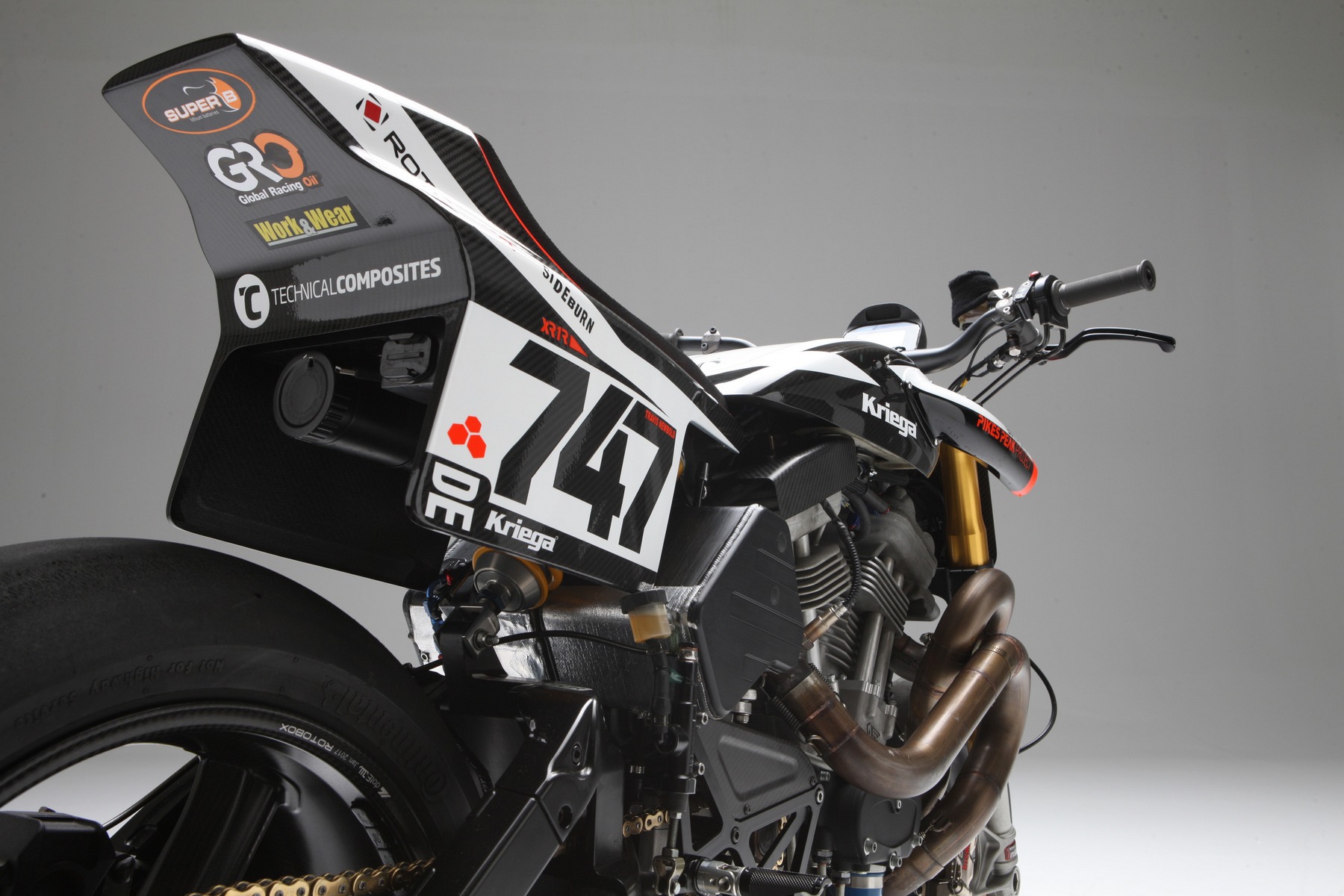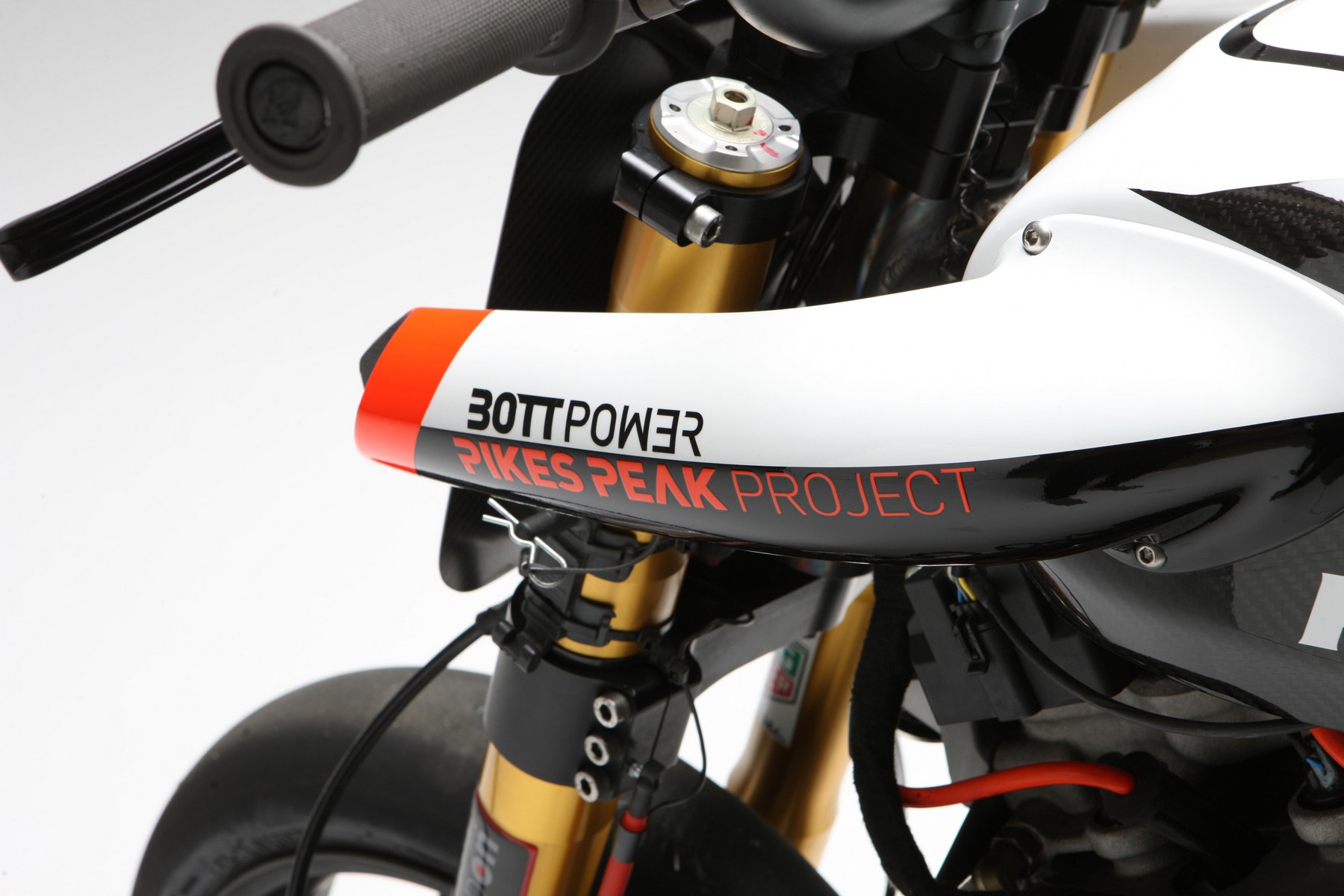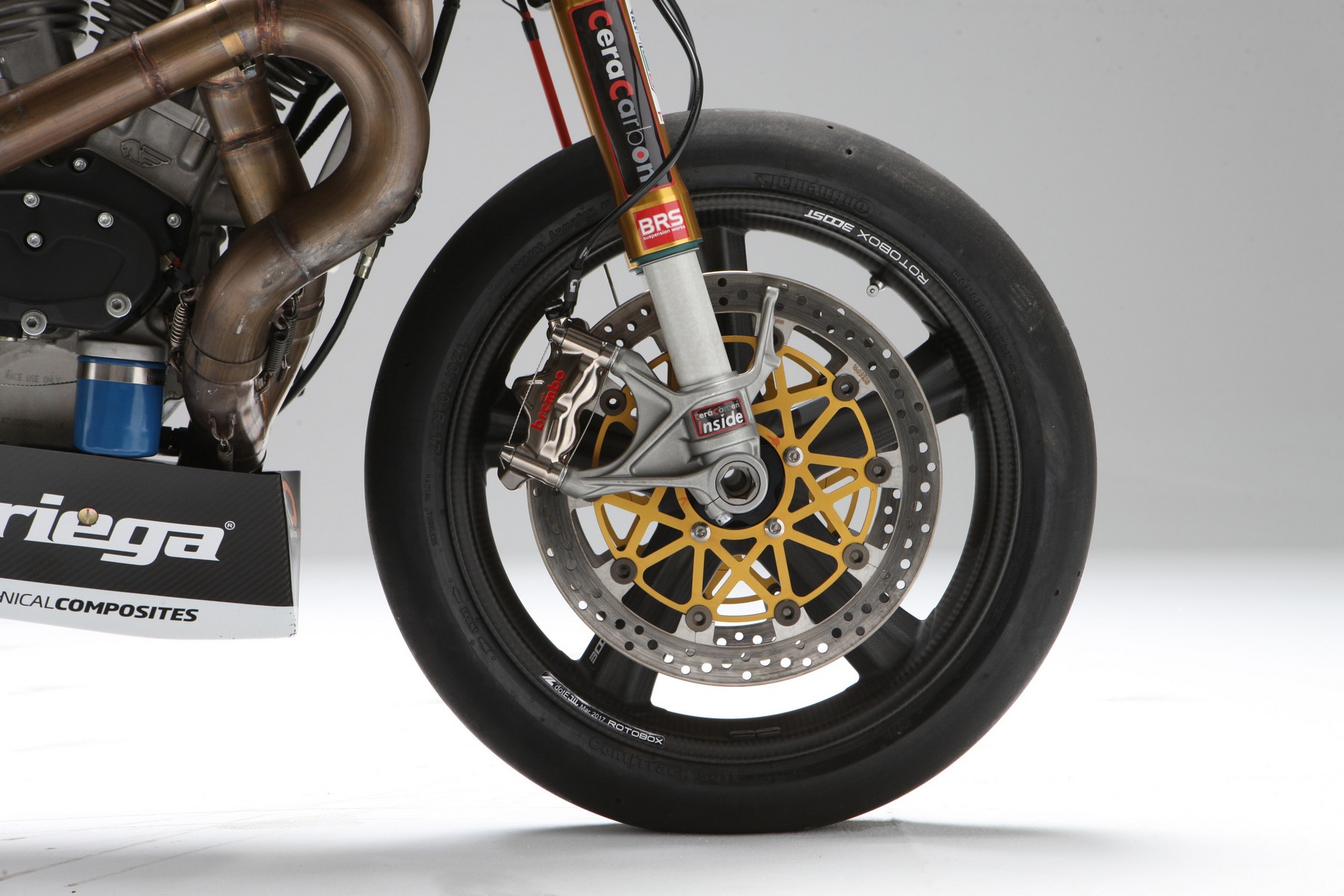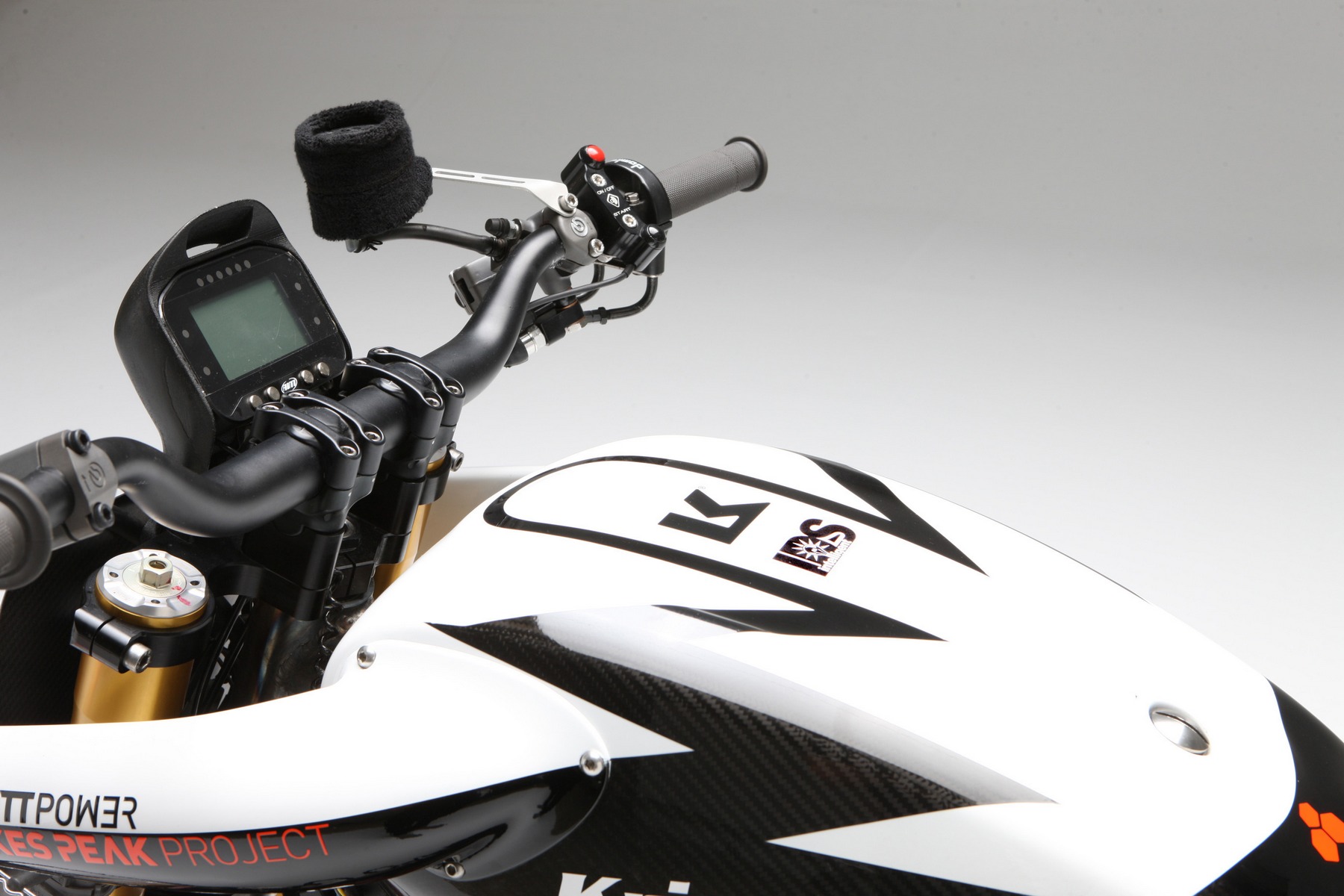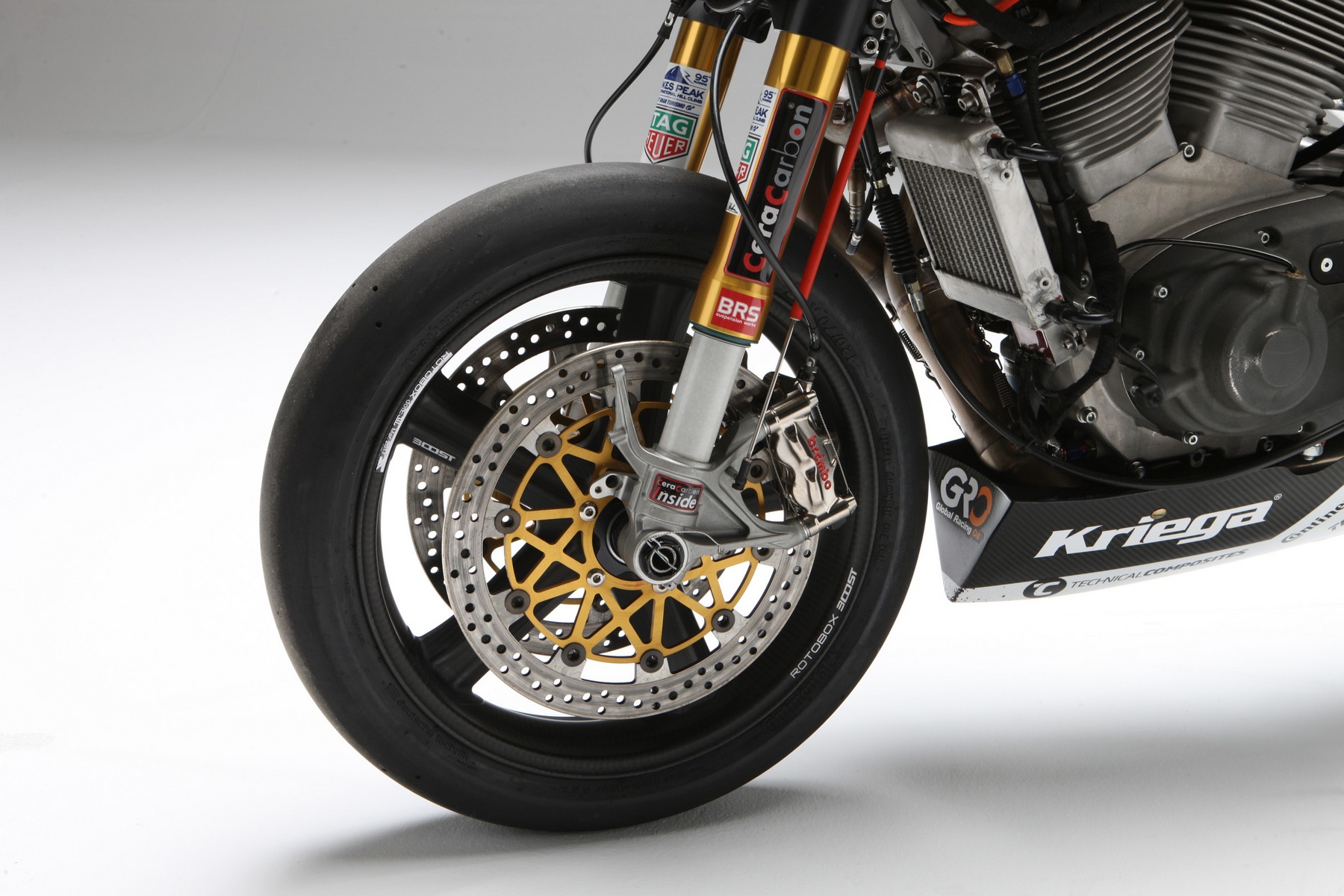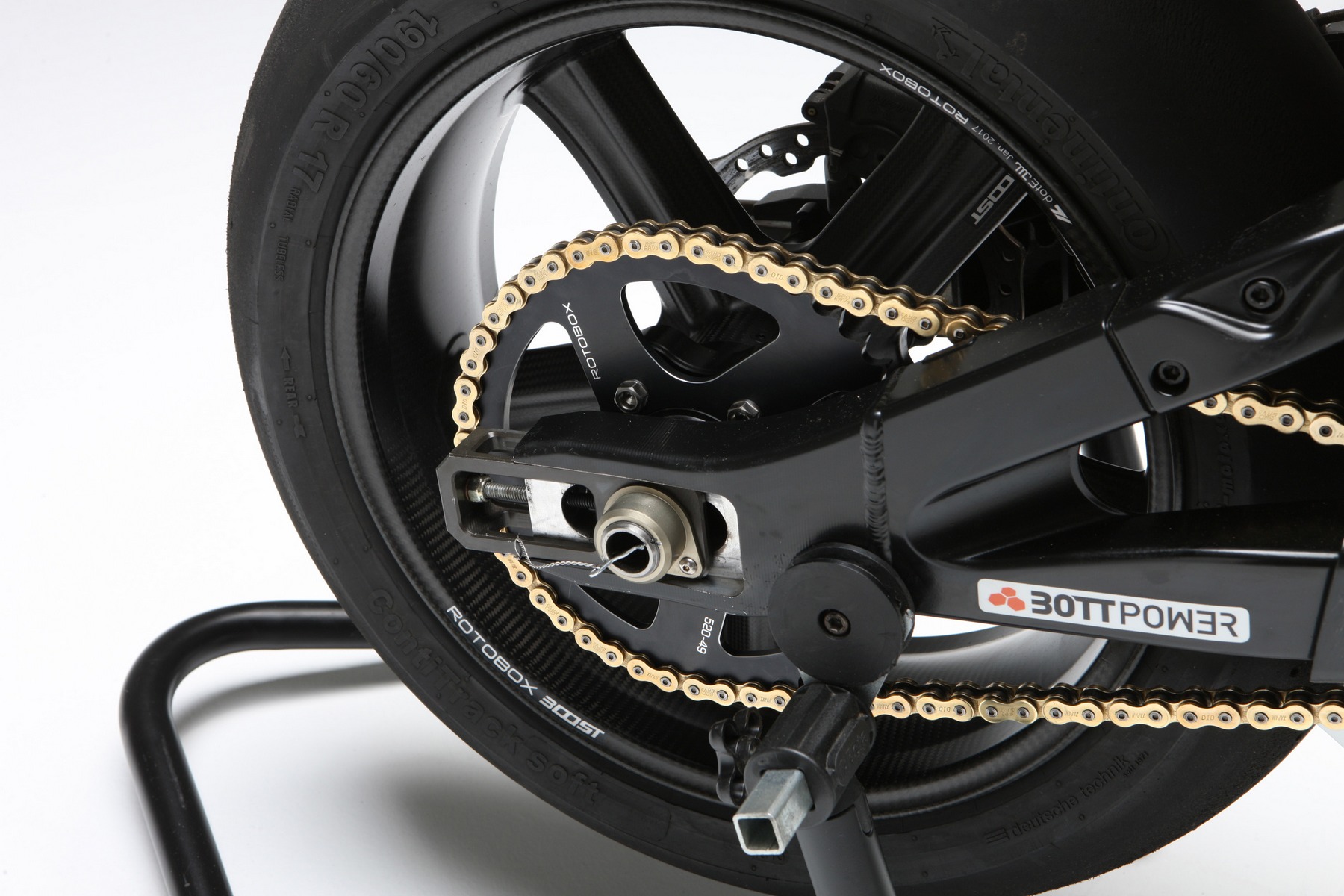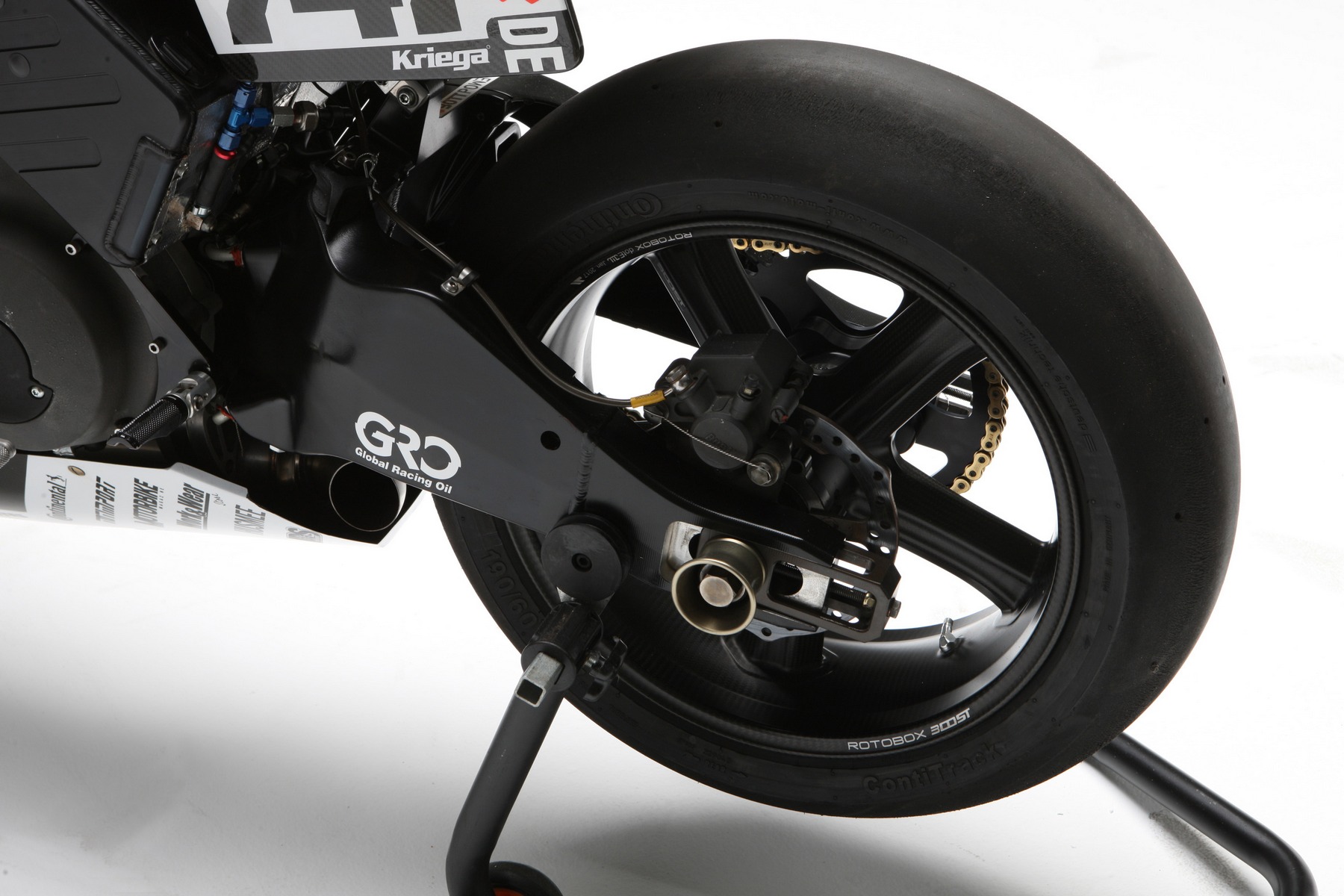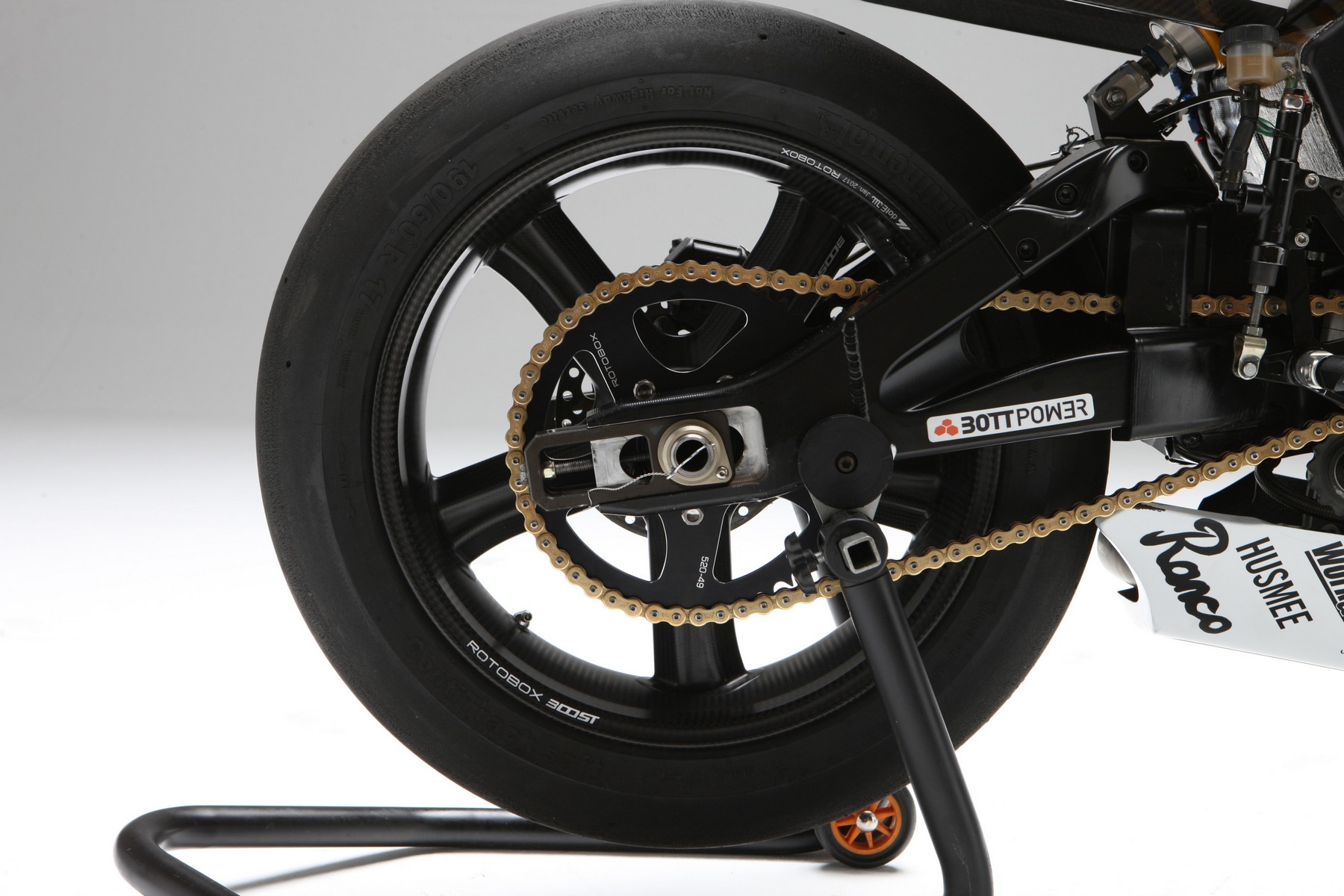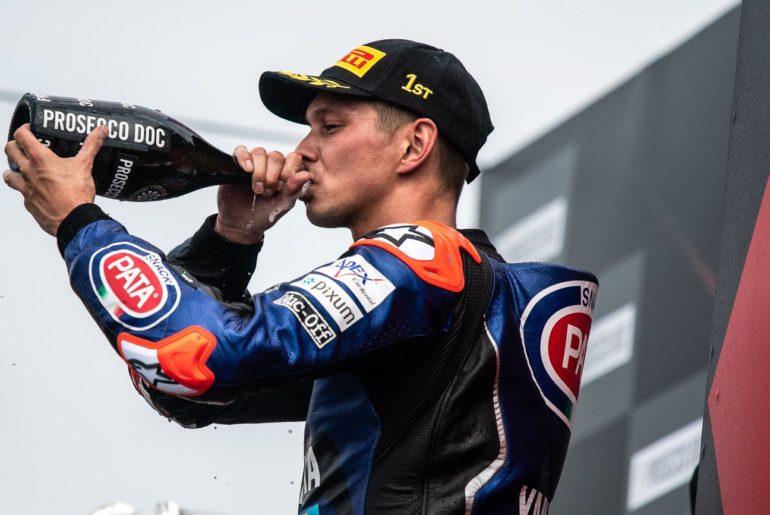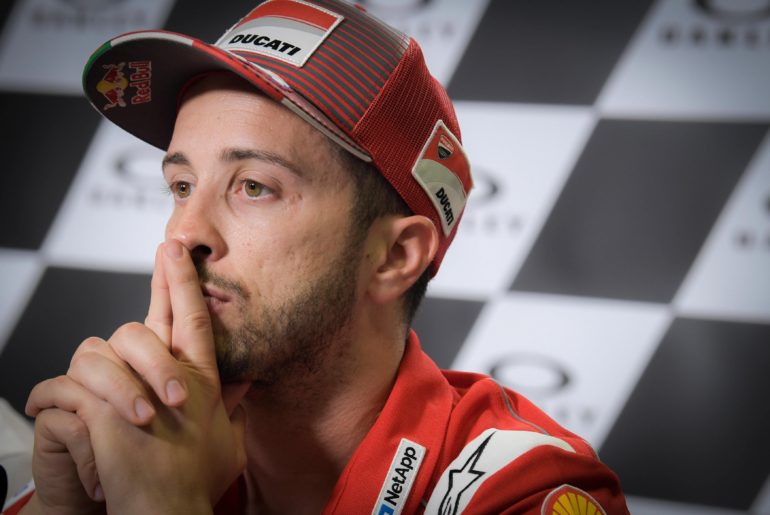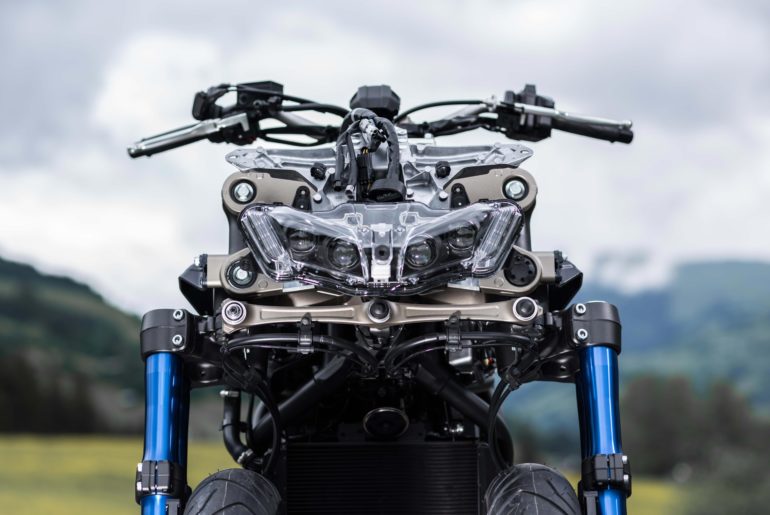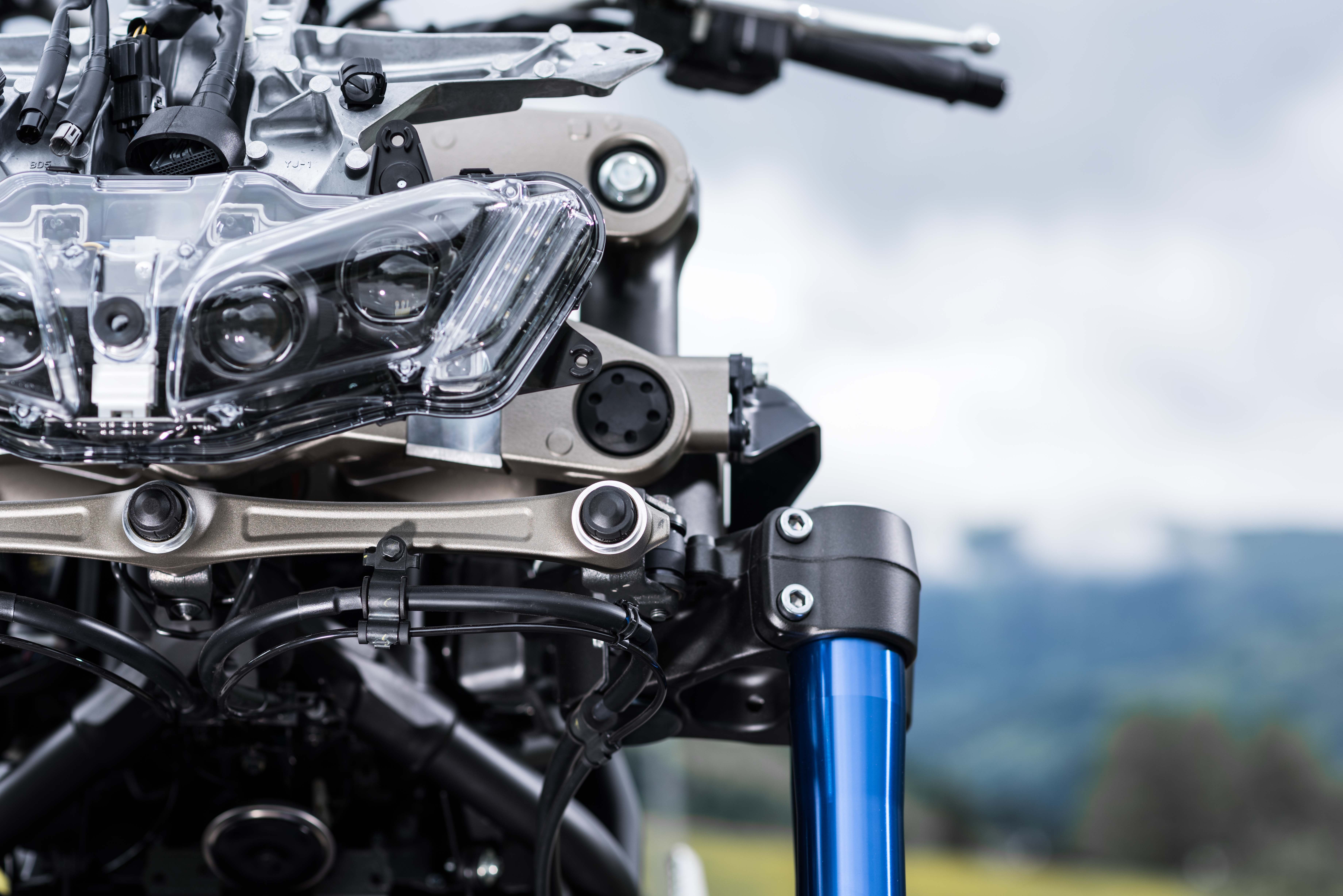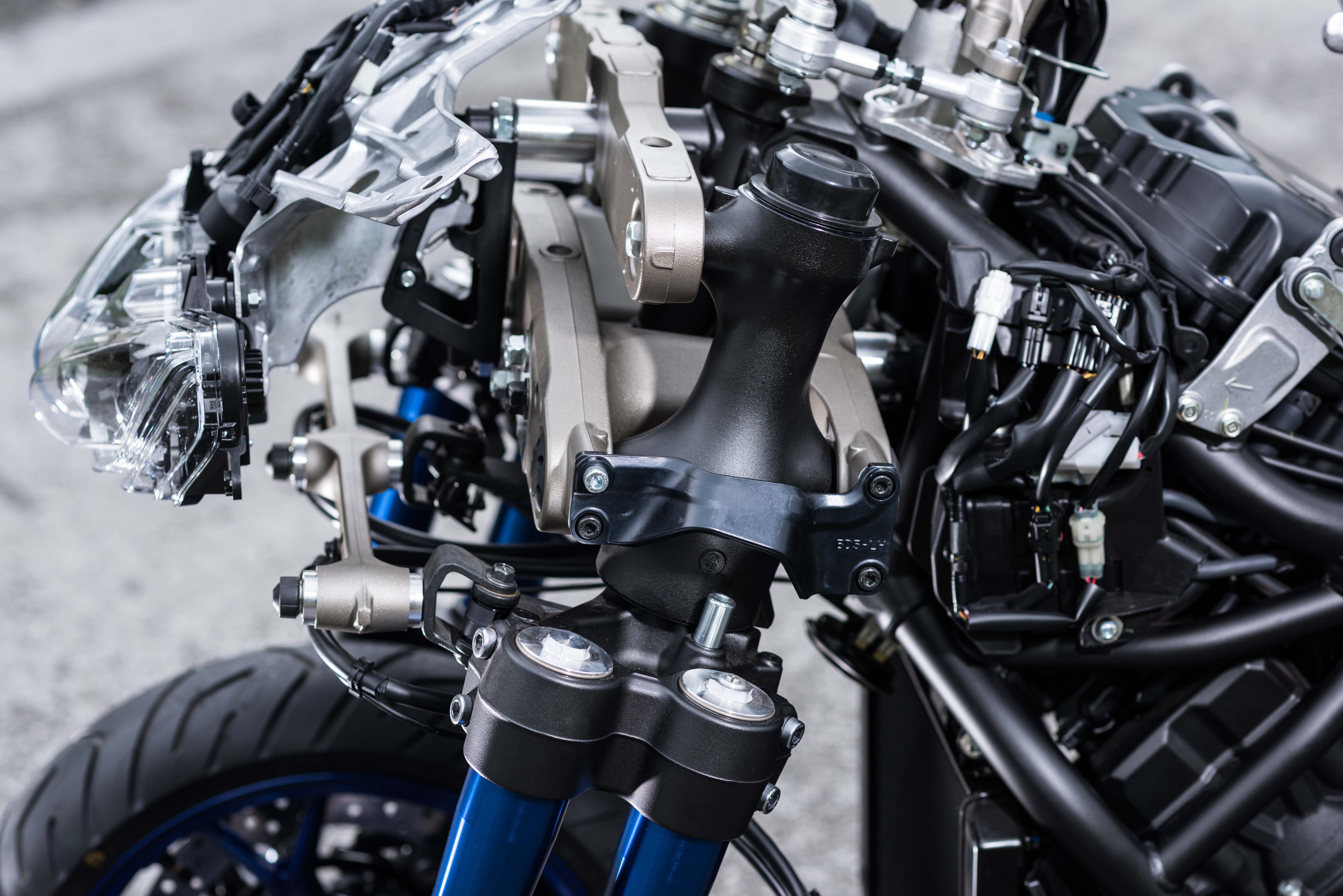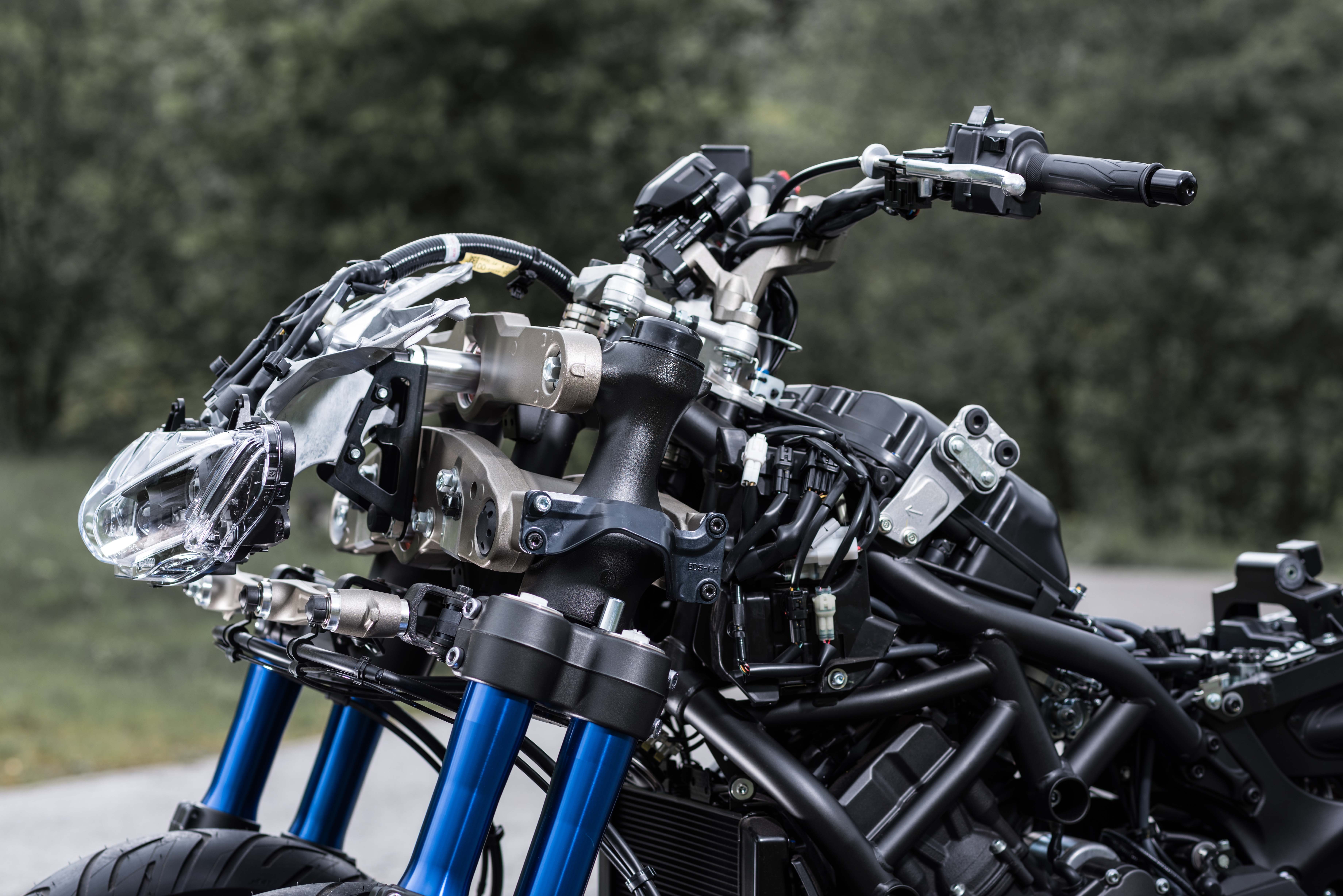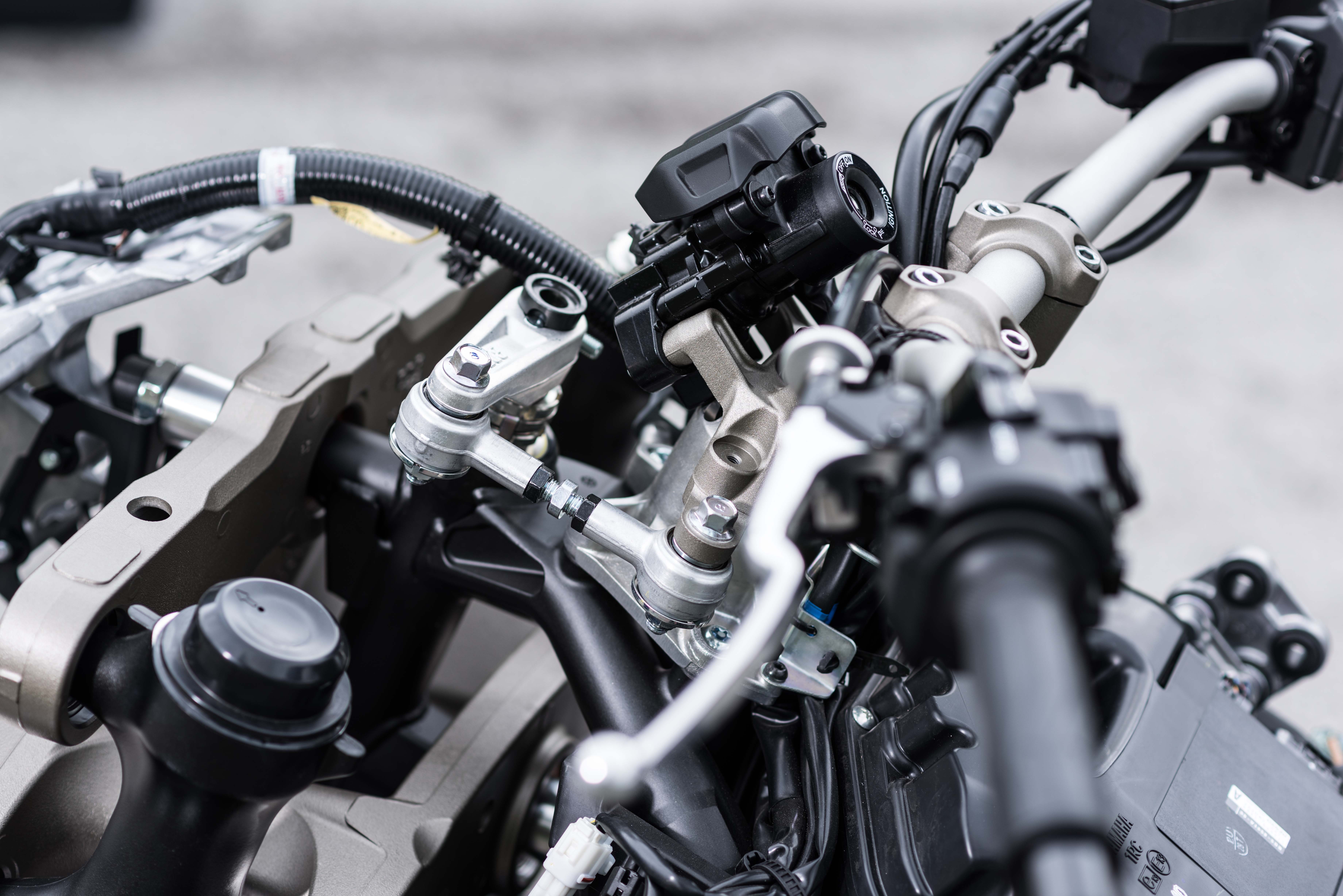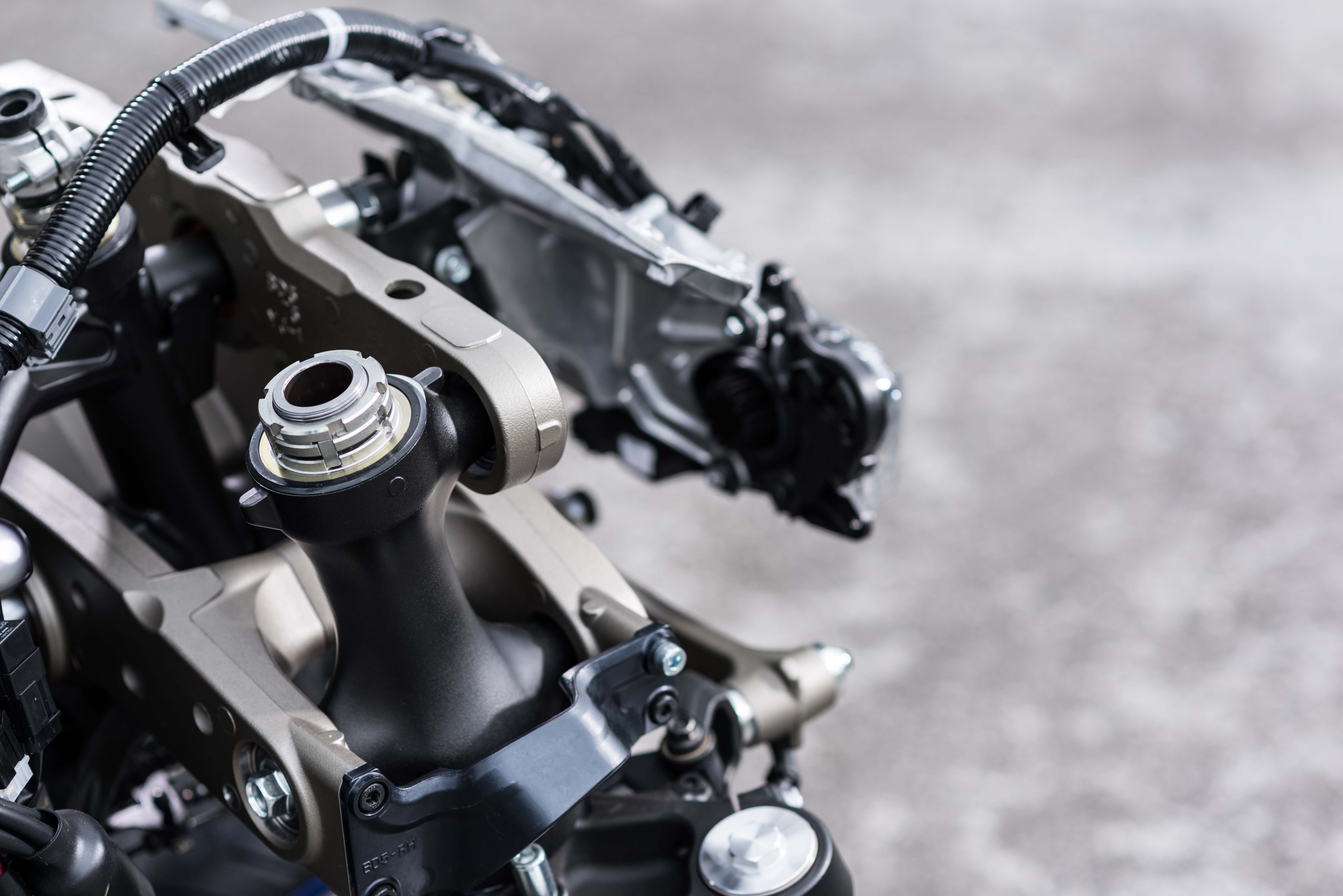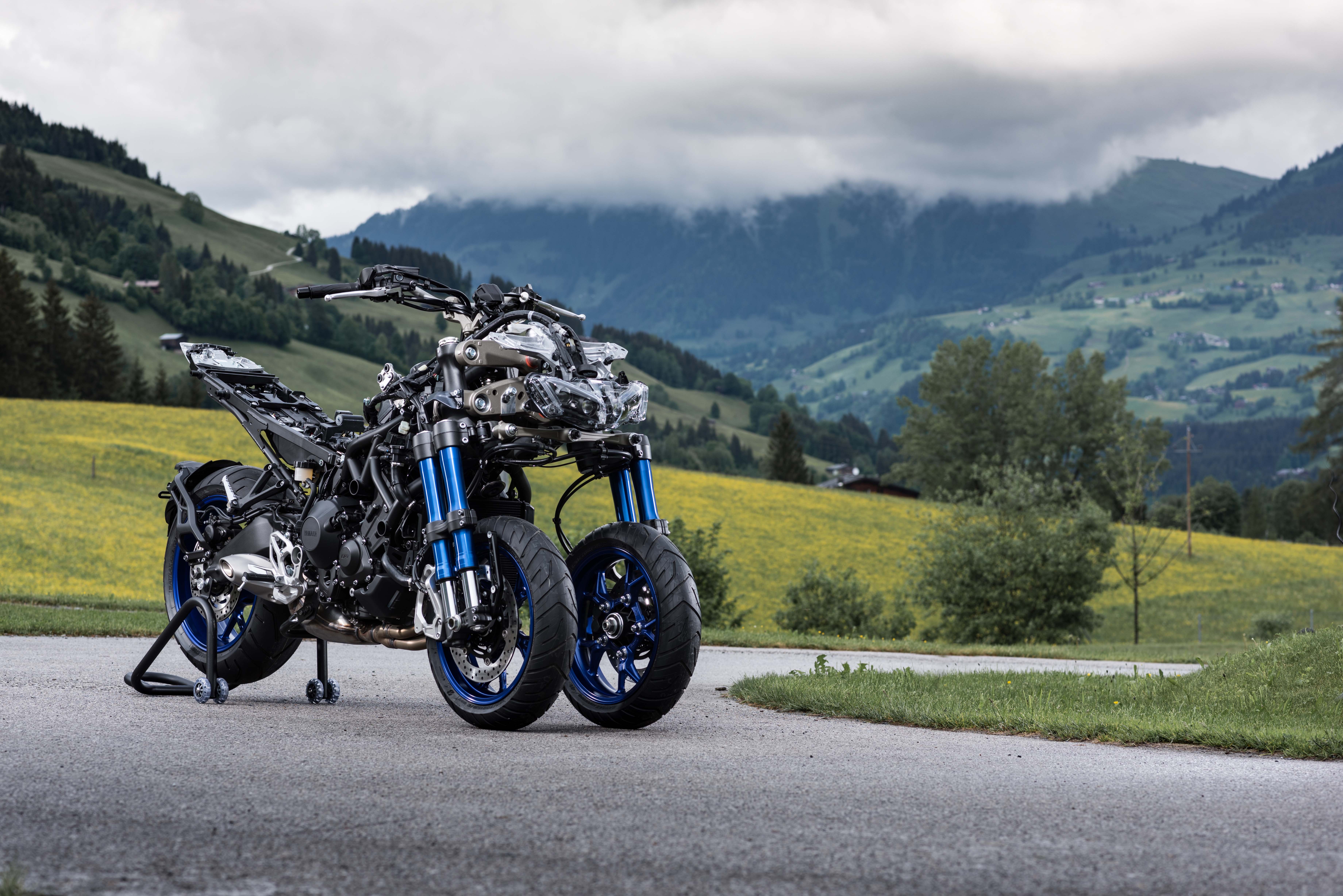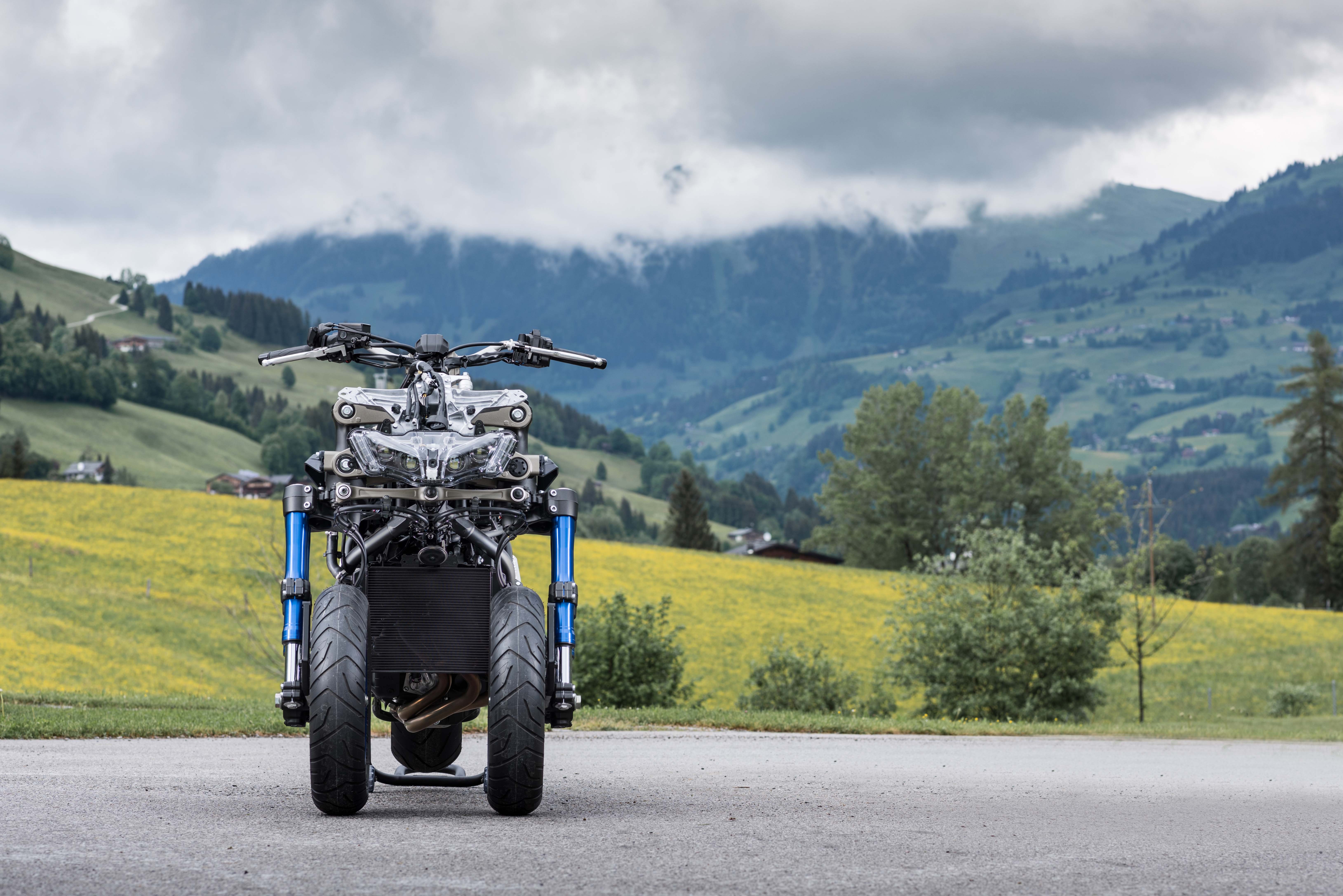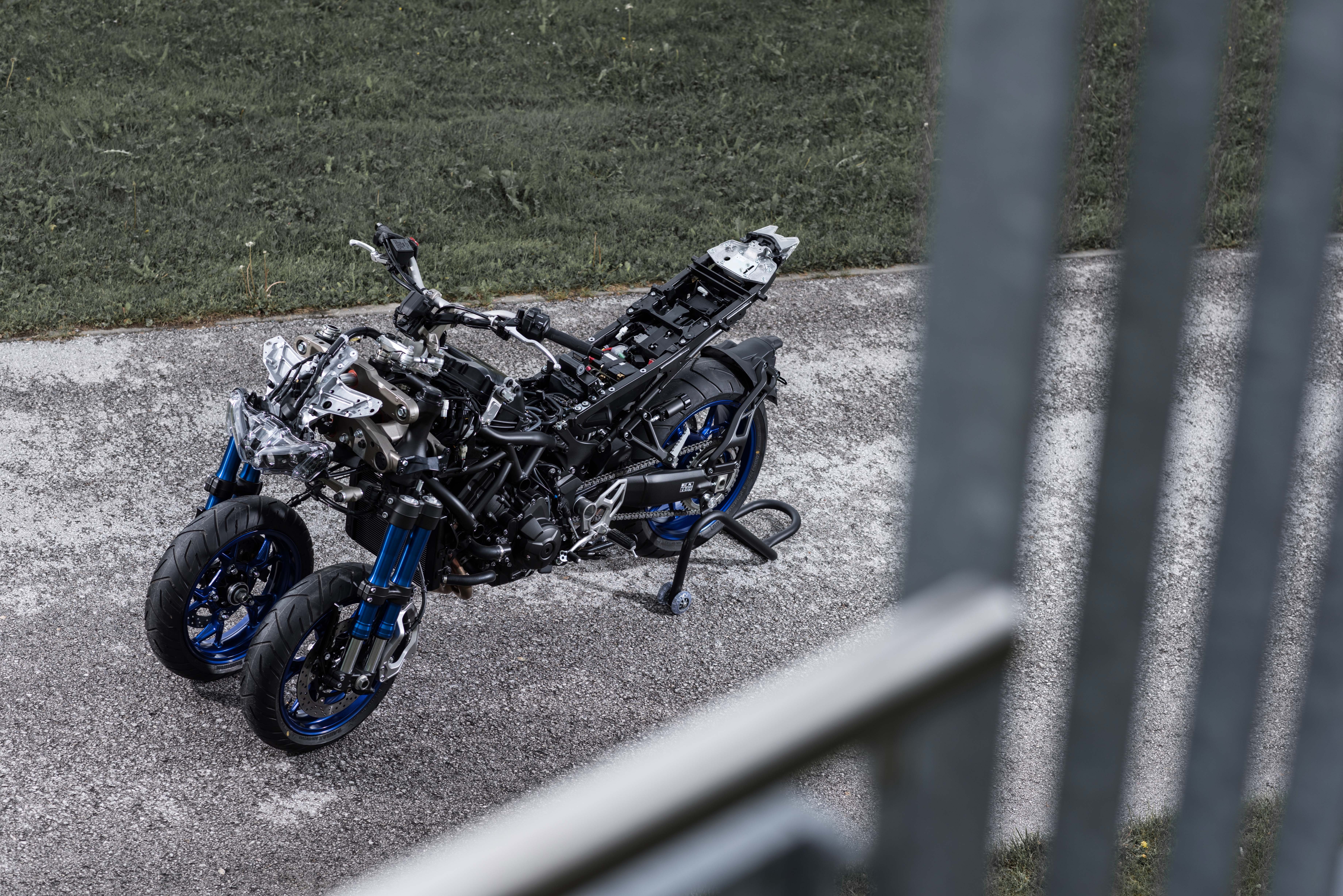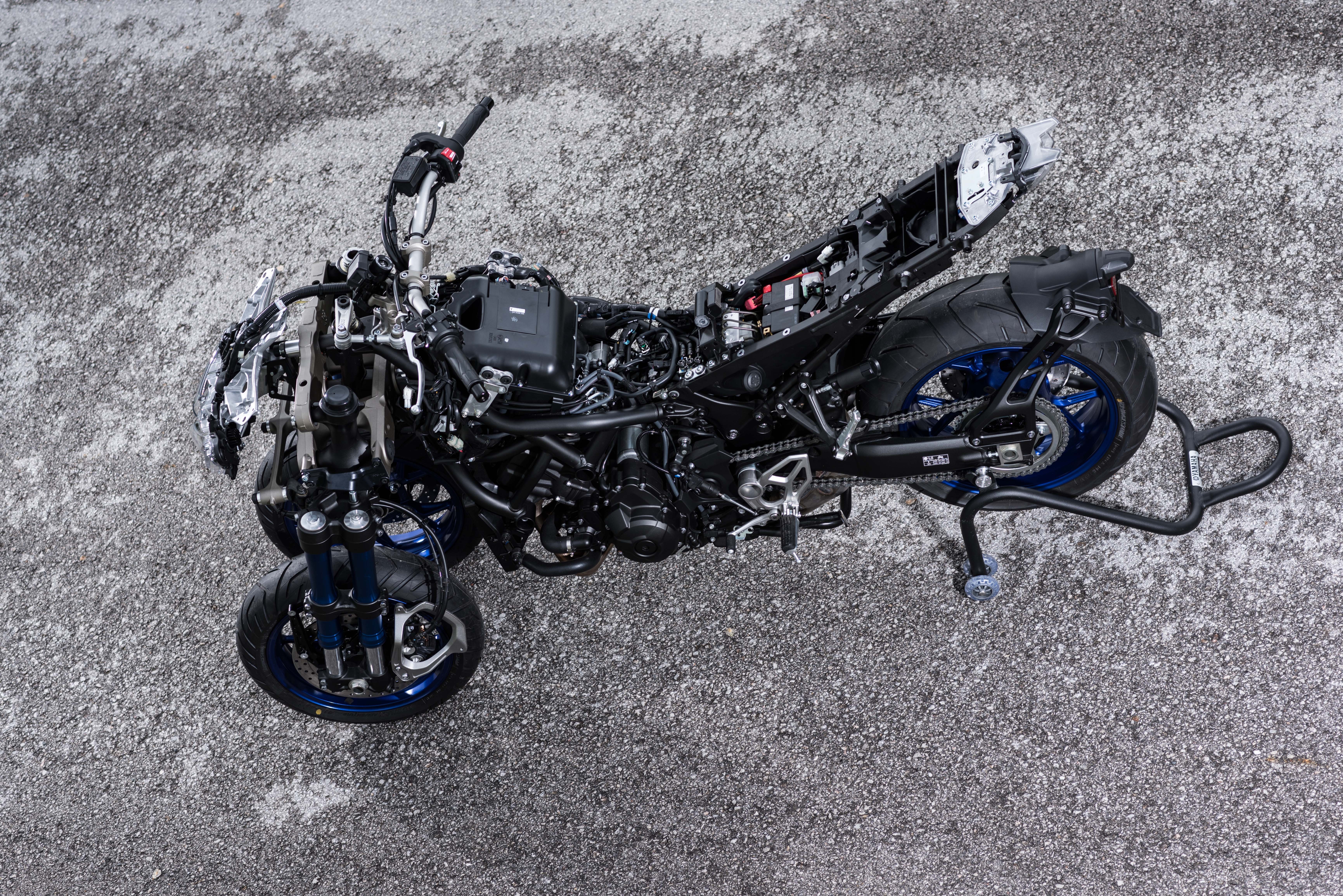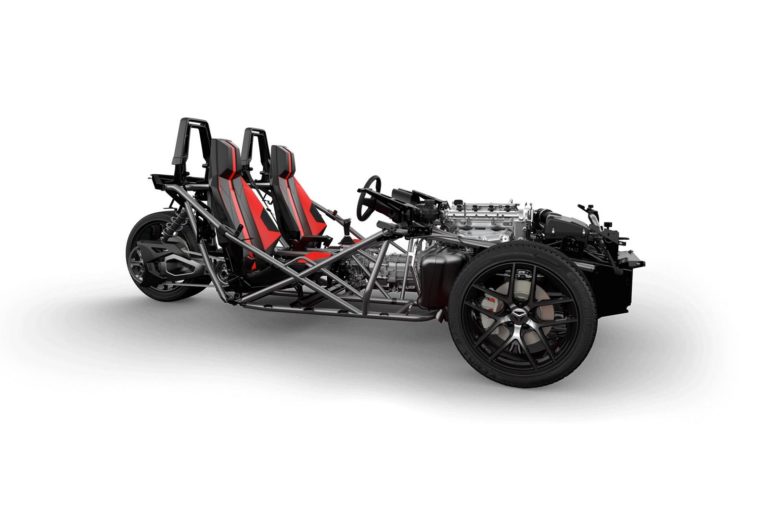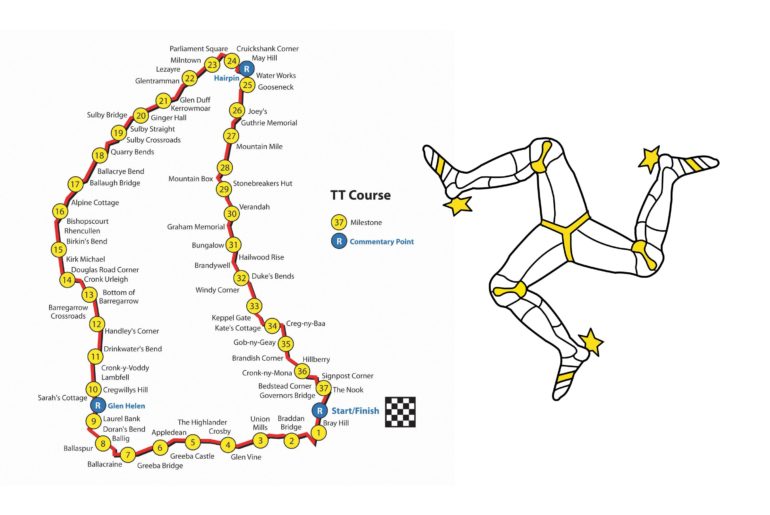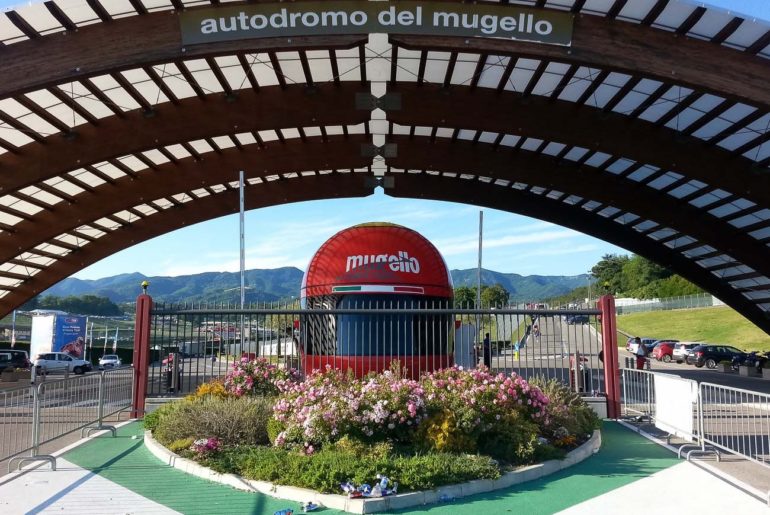Usually we have to wait until Friday for the action to hot up at Mugello, but there was an almost hysterical vibe at the Italian circuit on Thursday.
We appear to have entered what can only be described as peak Silly Season, with the rumblings of a series of rider and bike changes likely to explode into the public consciousness between now and Barcelona.
By the time the MotoGP test finishes on the Monday after Barcelona, we should know where Andrea Iannone, Jorge Lorenzo, and Joan Mir are riding, and have a solid clue as to what Franco Morbidelli, Dani Pedrosa, Danilo Petrucci, and Jack Miller will be doing in 2019. It’s going to be hectic.
All this is adding to what is already an incredibly stressful weekend, especially if you are an Italian rider. The paddock is already buzzing with sponsors, friends, family, and fans, so you can imagine what it will be like when the action starts in earnest on Friday, let alone the madness of race day.
How do the riders cope with it? “Just let the seconds pass away from here to Sunday at 2pm,” Danilo Petrucci said.
The Pramac Ducati rider took a podium in Mugello last year, and has been even more competitive in 2018. He is in the hot seat to replace Jorge Lorenzo in the factory team, if the Spaniard leaves as many expect he will.
But he will not be letting the high expectations get to him. “I will do my normal things and try to do my best that’s the best I can do. If you stop and think about it I have nothing to change compared to other races as at Le Mans the situation was more or less the same.”
“I am talking about the future, wanted to confirm my speed from last year. At Mugello I have a friendly paddock but it is not as I said it is not a big advantage. We will work in the way worked in Le Mans, controlling every detail, and they we’ll see.”
“The podium is a target but we’ll discover it on Sunday afternoon because it is very difficult to predict the race in MotoGP in the space of two years. I can only go as fast as I can.”
The key, Petrucci said, voicing the opinion of many, is to just focus on your job, and try not to get distracted by the madness which surrounds you. That is hard enough when it is merely your home race.
But this is Mugello. Al Mugello, non si dorme. The madness fills the night as well as the day, with fans revving engines, rattling fences, and generally trying to make as much noise as is humanly (or inhumanly) possible.
Beating Marc Márquez
Then there is the small matter of beating Marc Márquez. Right now, Márquez is the clear favorite, no matter who you ask. Even Márquez finds it hard to downplay his optimism.
“Yes of course Mugello is a really nice track,” the Repsol Honda rider told the press conference. “It is quite difficult for me in the past as I’ve not achieved my best results. We did a test here three weeks ago and it was not bad but now the temperature is warmer so everything will change. We must ride in the same way we have at the last few races.”
The last three races have resulted in back-to-back wins for the Spaniard. This was because this was a better bike than he has had in some time, Márquez confessed.
“I feel really good now with the bike, but even in 2014 I felt better. In 2014 it was easier to ride, but now it is different tires and different electronics, everything different.” But the increased level of competition had both added motivation, and made it harder to stay at the front.
“Of course if the performance of your opponents is higher, then you will struggle more with the bike. It now looks like we will be fast in all conditions which is a little bit like the second part of last season because we did a really good second part and now it looks like we’ve started in a good way. In a circuit where we usually struggle we are able to finish at the top or on the podium so this will be the most important thing during the season.”
Does Márquez have any weaknesses? “I have been asking this for three or four years!” Danilo Petrucci joked. He had followed Márquez for a few laps at Le Mans, but had been unable to discover any.
“At the moment it is very difficult to find a place he is weak,” Petrucci said. “Maybe at the moment we have a very good acceleration but they’ve improved their bike a lot.”
“The Honda, I think as I’ve never tried the Honda, last year they were a little more in trouble with the traction but this year their engine is smoother and they have more traction but when we keep the bike straight we are very good.”
If anything, Márquez was able to exploit the weaknesses of the other bikes better than the other way around. “We are good in last point of braking area, we can stop the bike very well but our problem is to get the speed in the corner,” Petrucci explained.
“At the moment we can stop the bike very well so we can brake very hard. I think Marc is using this weak point as a point in his favor because he can stop the bike deeper into the corner, which means sometimes he crashes because he wants to keep the speed where it is not possible.”
“When you try to follow him you always notice that he is going into the corner still with the brakes but with a lot of speed which is very difficult to follow because you cannot turn the bike. He is able to give this weak point as a positive point. At the moment it is very difficult to stay in front of him.”
New Parts, New Hope
How to beat Marc Márquez at Mugello (or indeed anywhere)? Teams and riders bring fresh ideas to the track. Jorge Lorenzo will have a new tank unit he hopes will support him in braking, removing one of the major weaknesses he has with the Ducati.
At Barcelona, Ducati had only brought a small change, but Lorenzo said he will have a bigger update at Mugello.
Aprilia brought new parts to the Barcelona test, which Scott Redding believed could give him three or four tenths a lap if he could use them at Mugello. Redding’s problem is that Aprilia won’t have them ready to race for another couple of weeks, by which time it may be too late for Redding’s future.
The Englishman said he felt like he had been chasing his tail week by week, dealing with new problems which seem to appear from nowhere.
All he wanted was a stable weekend, Redding said, one where the temperatures didn’t change too much between the morning and the afternoon, so he could just work on the bike and get it ready for Sunday, and race without running into surprises he hadn’t encountered during practice.
For Maverick Viñales, the big change hadn’t been hardware, but rather what computer programmers rather charmingly term “wetware”, the people surrounding him.
After Le Mans, a despairing Viñales had held meetings with his team to talk through the problems, and try to find a solution.
He felt they had made real progress at the Barcelona test, in part thanks to a change to the bike setup – moving the weight further forward to allow him to get heat into the tire – but most of all due to a more positive attitude among the team.
“After the Le Mans race I was so disappointed, I thought in that track I could supply what the bike needs with my riding style, and it was impossible to do it,” the Movistar Yamaha rider told us on Thursday.
“And honestly, I was watching the race and it was a disaster for me, for my riding style, for my feeling. The good thing is that after Le Mans we made some meetings, I needed to see in the people the fire I saw two years ago when I started here.”
“Everyone wanted to win, everyone wanted to try to see this bike at the top. I hadn’t seen this for a long time, and in Montmelo somehow I saw it, and when we finished the test and we could finish on the top by riding quite well and riding quite consistently, I saw in the face of the people the smiles, they were quite satisfied.”
“And it’s been really a long time since they were really satisfied. So it’s been a pleasure to see your whole team satisfied, and honestly giving the best. ”
Loading the Front
The change at Barcelona had helped him heat the front tire, Viñales said, and that had made a huge difference to his confidence and to the available grip.
“I’m one of the lightest riders in the championship, and one of the smallest. Valentino is much heavier than me, so maybe he can load the tires better. We were losing a lot on the entry of the corners, so somehow I could not ride the bike, it was impossible for me.”
“Not with the strength, because I have the strength and power to ride the bike, but to load the tires, to warm properly the front tire especially, because I didn’t warm the front enough.”
“So the changes we did in Montmelo helped me a lot in the front tire, more than in the rear. It gave me a lot of confidence to push, especially on the entry of the corner, and in the brakes.”
“I think it was to move the weight position a little bit towards the front, but without losing the rear grip,” Viñales explained.
“So in that area, I think we did a really big step, because from the morning, even in the cold conditions I was struggling so much, and then when we made that change it was nearly the hottest moment of the day, and with used tires I could ride like with new tires in the morning.”
The change had come after he had ridden behind other riders, and understood where he was losing the most ground, Viñales explained.
He was riding with a very ’round’ Moto2 style, sweeping through the corners and not giving himself enough space to pick up the bike and get on the gas. The changes made to the bike meant he could square the corners off a little more, pick up the bike earlier and get on the gas quicker.
This change had given him confidence in his crew chief Ramon Forcada again, and he was happy with the change in attitude and relationship he had with Forcada and the rest of his crew, Viñales explained.
“I think in that moment [after Le Mans] it was difficult for us, for our relationship with Ramon, because things were not going. And I am the kind of rider that for me, the feelings with the people in the box are very important.”
“I need to feel they are covering me, they are supporting me, and I need to feel happy. And in that moment, I didn’t feel happy, I didn’t feel supported. So I tried to find the best for me in that case.”
“But as I said, in Montmelo I saw big changes in the team, and the feeling, more about outside the bike, the feeling was much better. The whole team was more close, and for me this is more important than the bike.”
“The teamwork, that you are close to all the people, that when you have a bad day, these people will try to lift you up, and I think as I said, when I finished the test and I saw that the people were satisfied with the work we did, it was a long time since I saw satisfied faces from Ramon, from our side.”
“That was great. I think it was a big point of change.” We will only know if that big change will carry through to Sunday once practice gets underway at Mugello. And only then will we know how strong Viñales’ relationship really is with Forcada.
Silly Season Through The Roof
While there was plenty of talk about what might happen during the race, much of the discussion was about who will or will not be riding where in 2019. Silly Season reached fever pitch on Thursday, the rumor mill going into overdrive, though for a change, most of it was based on some fairly firm ground.
Center of attention was Joan Mir, and where the young Spaniard may end up racing next year. That it will be in MotoGP seems beyond doubt, but which team that will be in is still open to question.
In a long chat with the media, Mir’s manager Paco Sanchez managed to both set out what Mir’s options were without tipping his hand as to which he might end up taking. At the same time, he managed to lightly mock some of the stories which have appeared in the Spanish press in the last few days.
“Some Spanish journalists announced this week that it is done, some said it is signed, this is completely false,” Sanchez said. “Absolutely it was not signed. A contract at 1% or 99% is the same until it is signed, zero. It does not exist.”
“So we need to wait until we have the signature and after that we will announce. Also we need to respect that the factory has the right to make the official announcement to everybody.”
Sanchez would not be drawn on which offer was leading the way, but he did point out that the rumors surrounding Joan Mir had only helped him in the negotiations.
“I can say after the report that Joan has reached an agreement with Suzuki, three hours later I received new offer from Honda. And the next day a call from Ducati. Because it was not done,” Sanchez said.
Playing Hardball
“The problem is that all the negotiations are so complicated,” Sanchez went on. “I’m talking with three factories, but these three factories are each talking with four or five riders. Pedrosa, Lorenzo, Iannone, Petrucci… really experienced and good riders.”
“Everybody is waiting and if any factory understands I have signed a contract with another factory, they will close immediately with the second rider on their list. If Joan is the first on their list, I don’t know the position because they never explain exactly, but I feel because of the pressure, the counter offers.”
“I could understand the real interest from these companies. But they also have a second, a third choice. So if they realize ‘Joan has signed with Suzuki’ then they go will close with the second one, maybe Morbidelli, and later if I don’t close with Suzuki I’m in the **** because one bike has disappeared.”
Sanchez confirmed he had offers from Ducati, Honda, and Suzuki, but he emphasized that the choice would be based on the whole package on offer, not just who threw the most money at Joan Mir. “We are not worried about money,” Sanchez told reporters.
“The most important is to have the best atmosphere. The best package. And again, I’ve never taken the decision for the rider in my life. With any of my riders. They decide. Sometimes I advise, to me this is the best team, and they chose another. I accept it.”
The most likely path for Mir still looks like being through Suzuki. The Japanese factory has made it clear they want to pursue the path of youth rather than experience, which means the path is blocked for both Andrea Iannone and Jorge Lorenzo.
Iannone announced his departure himself, not being prepared to wait for an official press release from Suzuki, or for an announcement from his new destination, almost certain to be Aprilia.
“For sure I will not remain in Suzuki,” Iannone said. “I will switch to another bike, factory. But at the moment I do not talk about my future because it’s a little bit early. Two years ago in this race I announce my partnership with Suzuki, but this year it’s a little bit different.”
“Suzuki talk with me about my future only after the Barcelona test. But in any case now it’s sure I will not remain with Suzuki.”
Lorenzo’s Hypotheticals
Lorenzo, meanwhile, announced that he will definitely continue racing in MotoGP in 2019 and 2020, but he would not tell anyone who it would be with.
“What I just can say is that I will continue for the next two years,” Lorenzo said. “I will not retire. And I will be with a good bike. This is the only thing I can say. I guess in Montmeló you will have more information.”
The Spanish media pumped him for more information, but Lorenzo was keeping very tight lipped. On Ducati CEO Claudio Domenicali’s comments which were interpreted to mean that Lorenzo would depart from Ducati, “I’m not going to comment on what Domenicali said.”
On whether he was upset about the way the situation had evolved in the past few weeks: “I am not going to give an opinion on this, because it doesn’t bring me anything.”
On whether Valentino Rossi could veto him having a Yamaha satellite bike: “I’m not going to give my opinion on this.” On whether he would have a factory bike for the next two years: “I can’t say anything more.”
Bits and pieces have slipped out, suggesting what might be announced at Barcelona. What we know is that Sepang International Circuit boss Datuk Razlan Razali is in Mugello for meetings with Dorna about “something major”, he told the Malaysian newspaper New Straits Times.
We know that the Sepang circuit would like to have a MotoGP team, to house Hafizh Syahrin. It is rumored that Petronas is to pull out of F1, leaving it a lot more money to pour into a potential MotoGP team.
And it is possible that the Sepang circuit could buy the Marc VDS MotoGP grid slots and field Yamahas in 2019.
If that does happen, then pairing Syahrin with Lorenzo on Yamahas would make a lot of sense. Syahrin would be in his second year in MotoGP, on a proven bike and with increased factory support, given the money the team would be willing to pay to Yamaha.
Lorenzo would be back on a Yamaha, a bike he won three championships and 44 races on. His input could help speed the development of the M1, making the Movistar Yamaha bikes more competitive.
Would Valentino Rossi veto any return to Yamaha by Jorge Lorenzo? The nine-time world champion laughed the suggestion off in the press conference.
“After I tried to stop Zarco I will try to stop Lorenzo!” Rossi joked. In fact, it could prove a positive, and was anyway a risk of being on a Yamaha in MotoGP.
“I think it will be hard if Lorenzo comes back but the situation will be very similar to this year because we have Zarco who is very strong. When you are in Yamaha you always have a great teammate or a fast rider with the same bike.”
“From that point of view it will be more difficult but it is also good because you have better motivation and you can see the way another rider rides the bike and try to learn and to improve.”
We will find out whether Rossi welcomes Lorenzo back into the Yamaha fold at Barcelona. Or perhaps we will learn that Lorenzo has been asked to stay at Ducati for two more seasons.
As Paco Sanchez said, whether contract talks are at 1% or at 99%, until everything is signed, you have nothing concrete.
Photo: MotoGP
This article was originally published on MotoMatters, and is republished here on Asphalt & Rubber with permission by the author.

